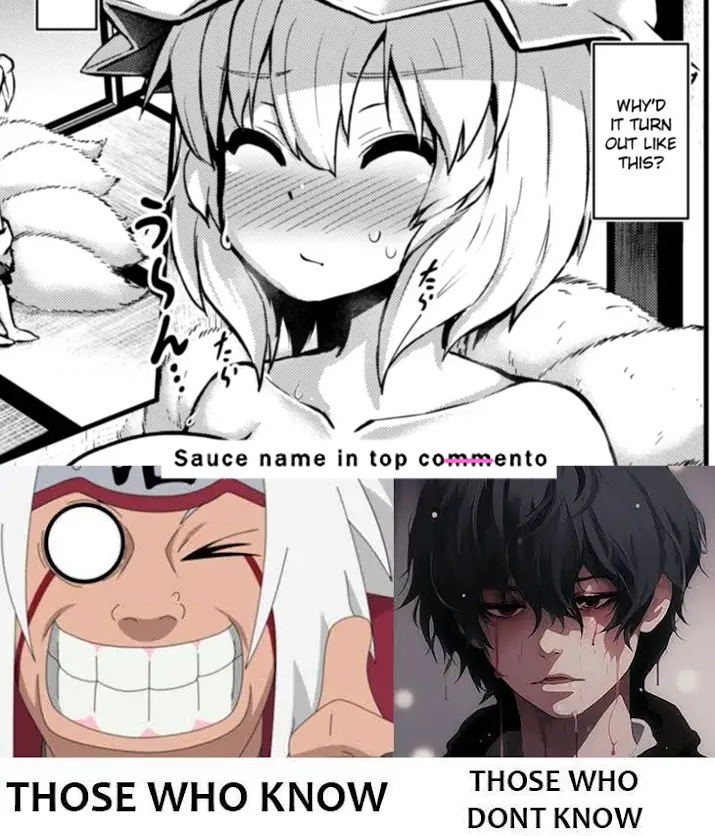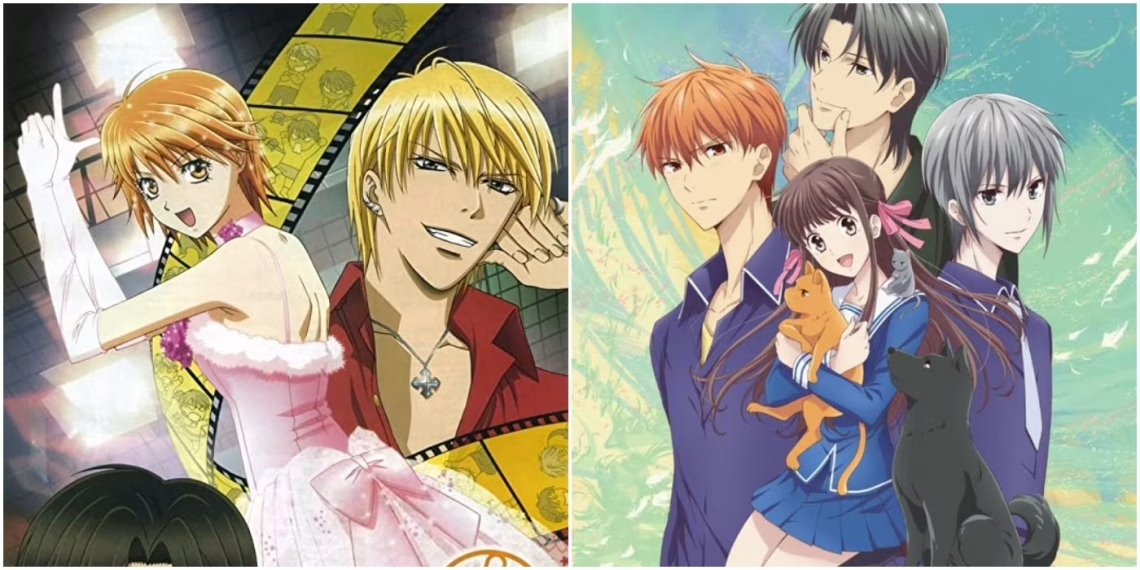Shojo anime holds a special place in the hearts of fans worldwide, even though they might not always receive the same level of recognition as their shonen counterparts. While traditionally targeting younger female audiences, shojo series often offer nice stories that can appeal to anyone, regardless of age or gender.
Despite the stereotype of being romantic tales, many shojo anime break the mold by going into deeper emotional narratives and unique themes. Like Shonen, this genre encompasses a wide range of genres, tones, character types, and settings, making it far more diverse than one might initially think. Shojo anime, though perhaps less common nowadays, continues to hold significance within the industry.
The Spring 2024 anime season, now approaching its midpoint, has proven to be quite solid. Highly anticipated sequels have met expectations, and new titles like “Wind Breaker” have made noteworthy contributions to the anime industry.
With such diversity, viewers are likely to find a show that aligns with their interests. Whether craving an action-packed fantasy epic or a serene slice-of-life tale, this season offers something for everyone.
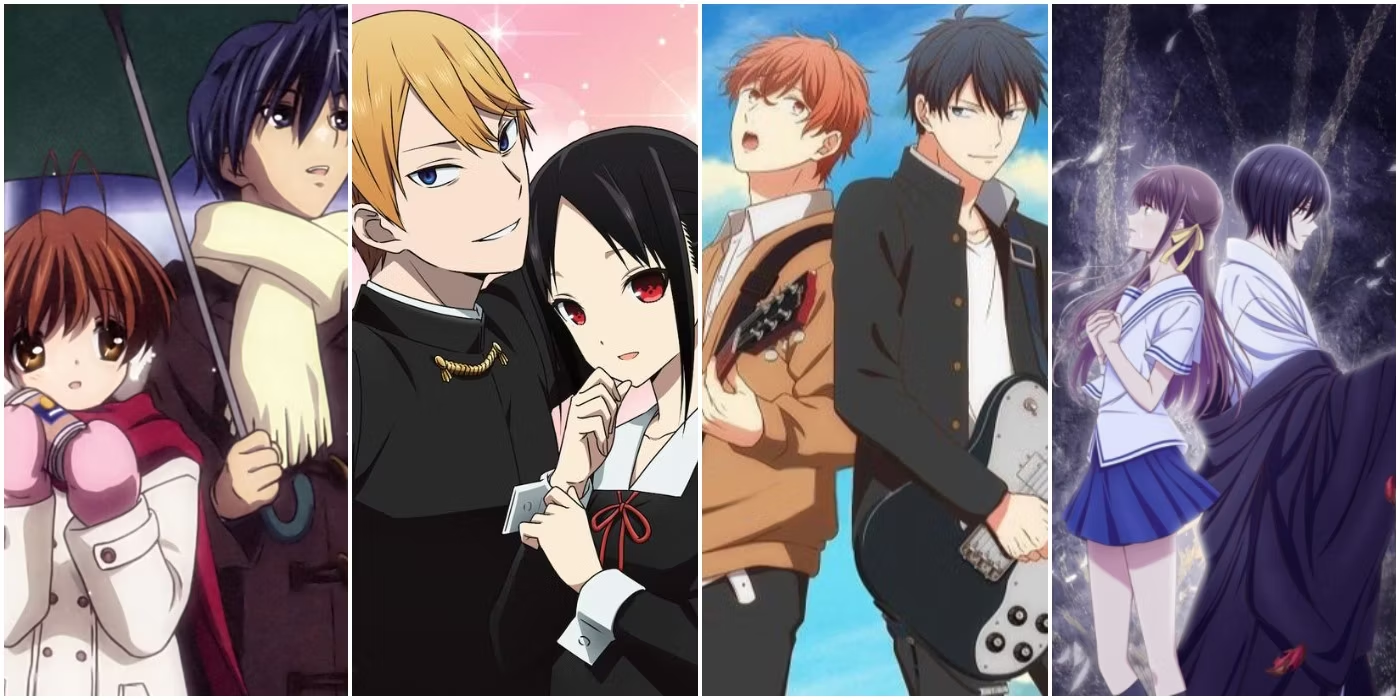
However, despite the variety on offer, Spring 2024 has only a handful of shojo anime, with just two being direct adaptations of manga aimed at that demographic. “Vampire Dormitory,” one of these adaptations, falls on the weaker end of the spectrum.
The story follows a girl who enters into a contract with a vampire, though the vampire mistakenly believes her to be a boy. While not terrible by any means, “Vampire Dormitory” fails to leave a lasting impression. Nevertheless, Spring 2024 does offer a couple of shows that may appeal to shojo fans, even if they technically fall outside the demographic.
While shonen anime often steals the spotlight in the West, the shojo series maintains immense popularity worldwide. Geared toward younger female audiences, these anime offer compelling narratives that resonate with viewers of all ages and genders.
While many shojo anime are known for their romantic plots, numerous titles defy stereotypes by looking into complex emotions and unique themes. Like Shonen, the shojo demographic is incredibly diverse, spanning various genres, tones, character types, and settings. Despite being less common nowadays, shojo anime continues to carve out a distinct niche in the industry and hopefully will always find a place in it.
10. Natsume’s Book of Friends
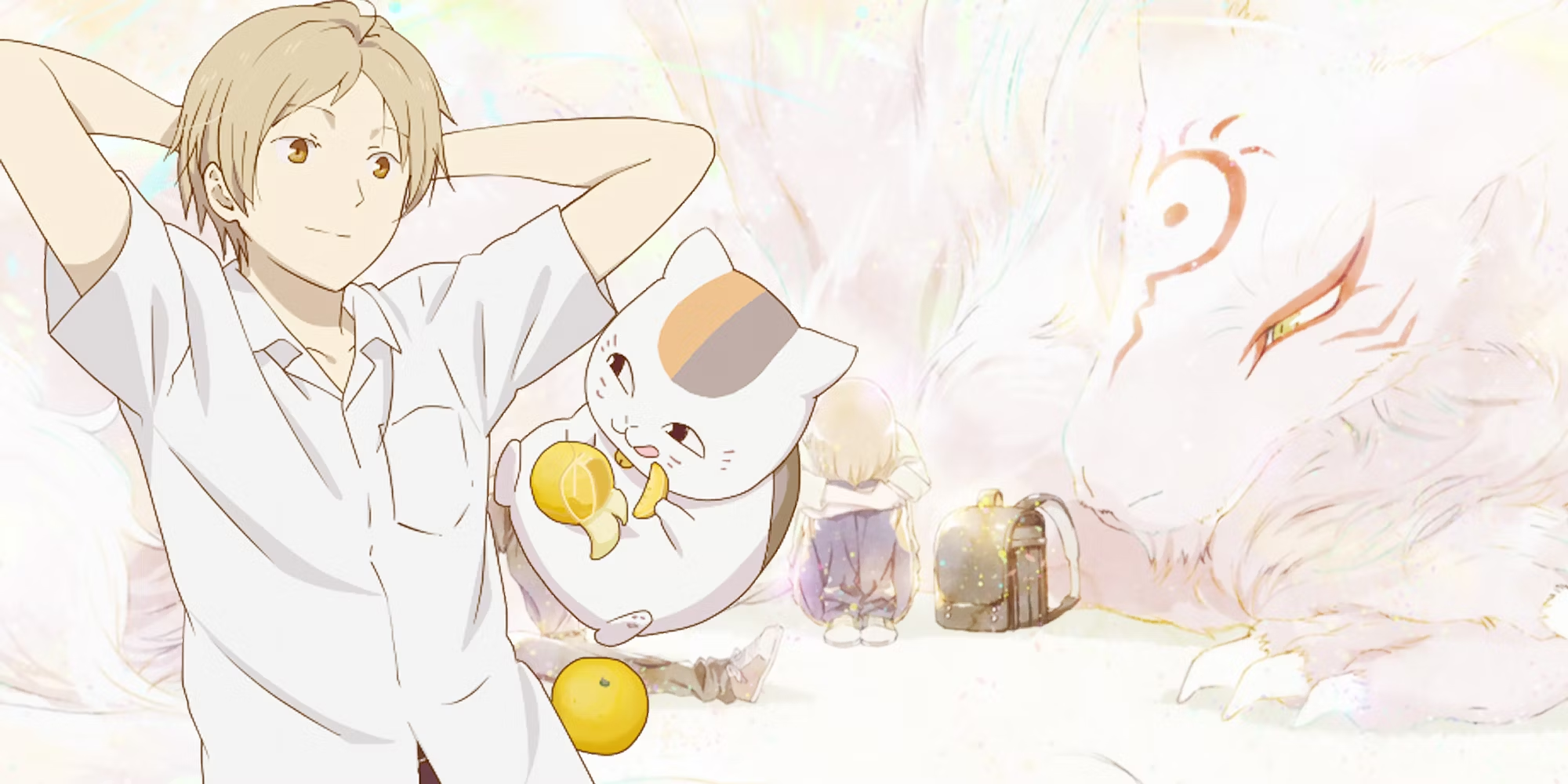
When Takashi inherits his grandmother’s Yuujinchou, also known as the Book of Friends, his ordinary life takes an extraordinary turn. Natsume’s Book of Friends chronicles his adventures as he navigates the delicate balance between avoiding the pursuit of yokai and seeking control over the spirits his grandmother had once bound.
Fortunately, Takashi isn’t alone in this supernatural journey; he finds companionship in the form of a cat spirit and self-appointed guardian named Madara. This enchanting slice-of-life anime stands as a testament to the genre’s excellence, earning its place among the shojo classics.
Any anime enthusiast would do well to give it a watch. In a manner reminiscent of Mushishi, Natsume unfolds at a leisurely pace, looking into the tranquil of yashiki.
“Natsume’s Book of Friends” (Japanese: “Natsume Yuujinchou”) is a beloved Japanese manga series written and illustrated by Yuki Midorikawa. Serialized in Hakusensha’s “LaLa DX” magazine since 2005, the series has been adapted into multiple anime seasons, OVAs, and films, grabbing audiences with its enchanting storytelling, rich character development, and evocative exploration of the supernatural.
Set in a world where humans coexist with spirits, “Natsume’s Book of Friends” follows the journey of Takashi Natsume as he navigates the complexities of his unique ability to see spirits and his quest to return their names from the titular Book of Friends.
The series centers around Takashi Natsume, a high school student who possesses the ability to see yokai (spirits) ever since he was a child. Orphaned at a young age and passed from relative to relative, Natsume has always felt isolated due to his ability, which others perceive as strange or dangerous.
His life takes a transformative turn when he inherits the “Book of Friends” from his grandmother, Reiko Natsume, who had collected the names of yokai in a binding contract.
The Book of Friends contains the names of numerous yokai bound by Reiko, who controlled them through their names’ ownership. Determined to free the yokai and mend the relationships his grandmother fractured, Natsume sets out on a journey to return the names. Along the way, he encounters various yokai, both benevolent and malevolent, forging bonds with them as he learns about their pasts, desires, and struggles.
Accompanied by the yokai cat spirit, Madara, also known as Nyanko-sensei, Natsume goes on a poignant and introspective journey of self-discovery, compassion, and reconciliation. Together, they navigate the complexities of the spirit world while confronting Natsume’s past traumas and forging connections with both human and yokai alike.
Takashi Natsume: Natsume is a deeply empathetic and introspective protagonist, haunted by his ability to see spirits and the loneliness it has caused him throughout his life. Despite his initial reluctance to involve himself with the yokai world, Natsume’s encounters with various spirits gradually open his heart and allow him to form meaningful connections. His journey is marked by personal growth, as he learns to accept his abilities, confront his past, and find solace in the companionship of both humans and yokai.
Madara/Nyanko-sensei: Madara, a powerful yokai in the form of a lucky cat, serves as Natsume’s guardian and mentor. Initially motivated by self-interest and the desire to possess the Book of Friends, Madara’s relationship with Natsume evolves over the series. Despite his gruff demeanor, Madara demonstrates genuine care and concern for Natsume’s well-being, becoming an invaluable ally and friend.
Supporting Characters: The series features a diverse cast of supporting characters, each with their own stories and motivations. Notable characters include:
Touko and Shigeru Fujiwara: Natsume’s kind-hearted foster parents who provide him with love, support, and a sense of belonging.
Kaname Tanuma: Natsume’s classmate and close friend, who shares his ability to sense spirits and provides him with understanding and companionship.
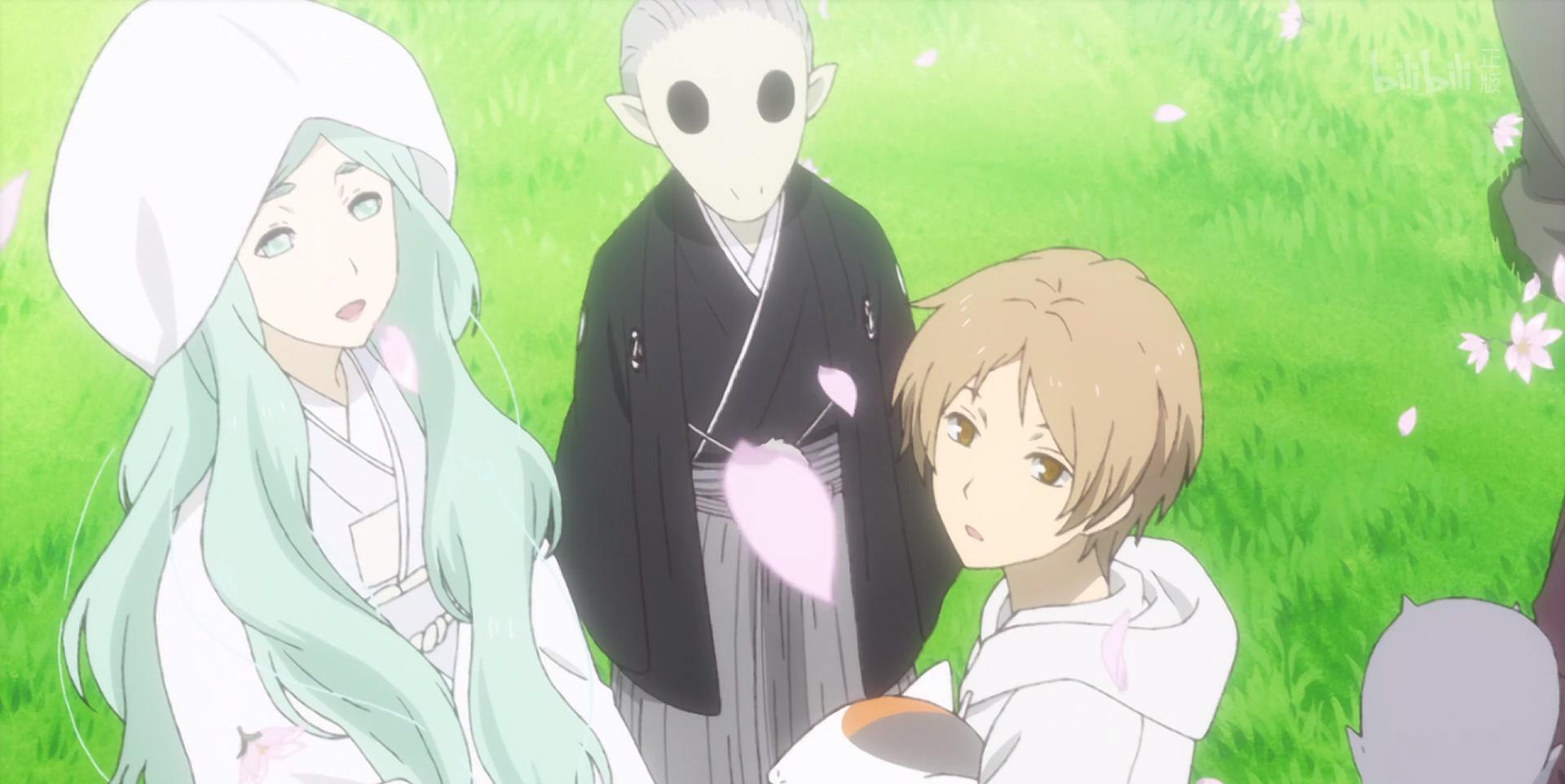
Natori Shuuichi: A charismatic exorcist and actor who shares a complex relationship with Natsume, alternating between ally and adversary.
The interactions between Natsume and these characters, as well as the myriad yokai he encounters, add depth and nuance to the series, enriching its exploration of themes such as friendship, acceptance, and the interconnectedness of all beings.
“Natsume’s Book of Friends” goes into several profound themes, offering poignant insights into the human experience and the nature of spirituality.
At its core, the series explores the themes of loneliness and connection. Natsume’s journey is defined by his search for belonging and acceptance, as he grapples with the isolation caused by his ability to see spirits. Through his interactions with yokai and humans alike, Natsume learns the value of empathy, compassion, and the healing power of genuine connections.
The series emphasizes the importance of forgiveness and redemption, as Natsume seeks to mend the fractured relationships between yokai and humans. Many of the spirits he encounters are burdened by past grievances and regrets, longing for closure and reconciliation. Natsume’s efforts to return their names symbolize his belief in the possibility of redemption and the transformative power of forgiveness.
Natsume’s struggle with his identity as a human with the ability to see spirits is a central theme of the series. His journey toward self-acceptance parallels the experiences of the yokai he encounters, who are often misunderstood and marginalized by human society. Through his empathy and understanding, Natsume learns to embrace his unique abilities and find strength in his connections with others.
Yuki Midorikawa’s artwork in “Natsume’s Book of Friends” is evocative and atmospheric, capturing the ethereal beauty of the spirit world and the emotional depth of its characters. The character designs are expressive and detailed, conveying a wide range of emotions and personalities. The backgrounds are lush and immersive, depicting tranquil scenary and mysterious forests that enhance the series’ sense of wonder and enchantment.
The narrative style is contemplative and introspective, with a focus on character-driven storytelling and episodic narratives. Each chapter presents a self-contained story centered around Natsume’s interactions with different spirits, allowing for the exploration of various themes and emotions. Midorikawa’s writing is lyrical and poignant, with moments of quiet reflection and emotional resonance that resonate with readers.
“Natsume’s Book of Friends” has received widespread acclaim from both critics and audiences, praised for its beautiful artwork, compelling characters, and heartfelt storytelling. The series has won multiple awards, including the prestigious Kodansha Manga Award for Best Shoujo Manga, recognizing its excellence in the genre.
The anime adaptation has further popularized the series, reaching a broad audience and earning critical acclaim for its faithful adaptation and emotional resonance. Fans appreciate “Natsume’s Book of Friends” for its poignant exploration of themes such as loneliness, friendship, and acceptance, as well as its evocative depiction of the supernatural.
“Natsume’s Book of Friends” is a timeless and enchanting series that resonates with audiences through its heartfelt storytelling, richly developed characters, and evocative exploration of the supernatural. Through the journey of Takashi Natsume, readers are transported into a world of spirits, emotions, and profound human connections, where loneliness is met with empathy, and acceptance is found in the most unexpected places.
For those seeking a manga that combines supernatural elements with deep emotional resonance, “Natsume’s Book of Friends” offers a nice and immersive reading experience. It is a testament to the power of storytelling to touch the heart and soul, leaving a lasting impression long after the final page is turned.
9. Fruit Basket
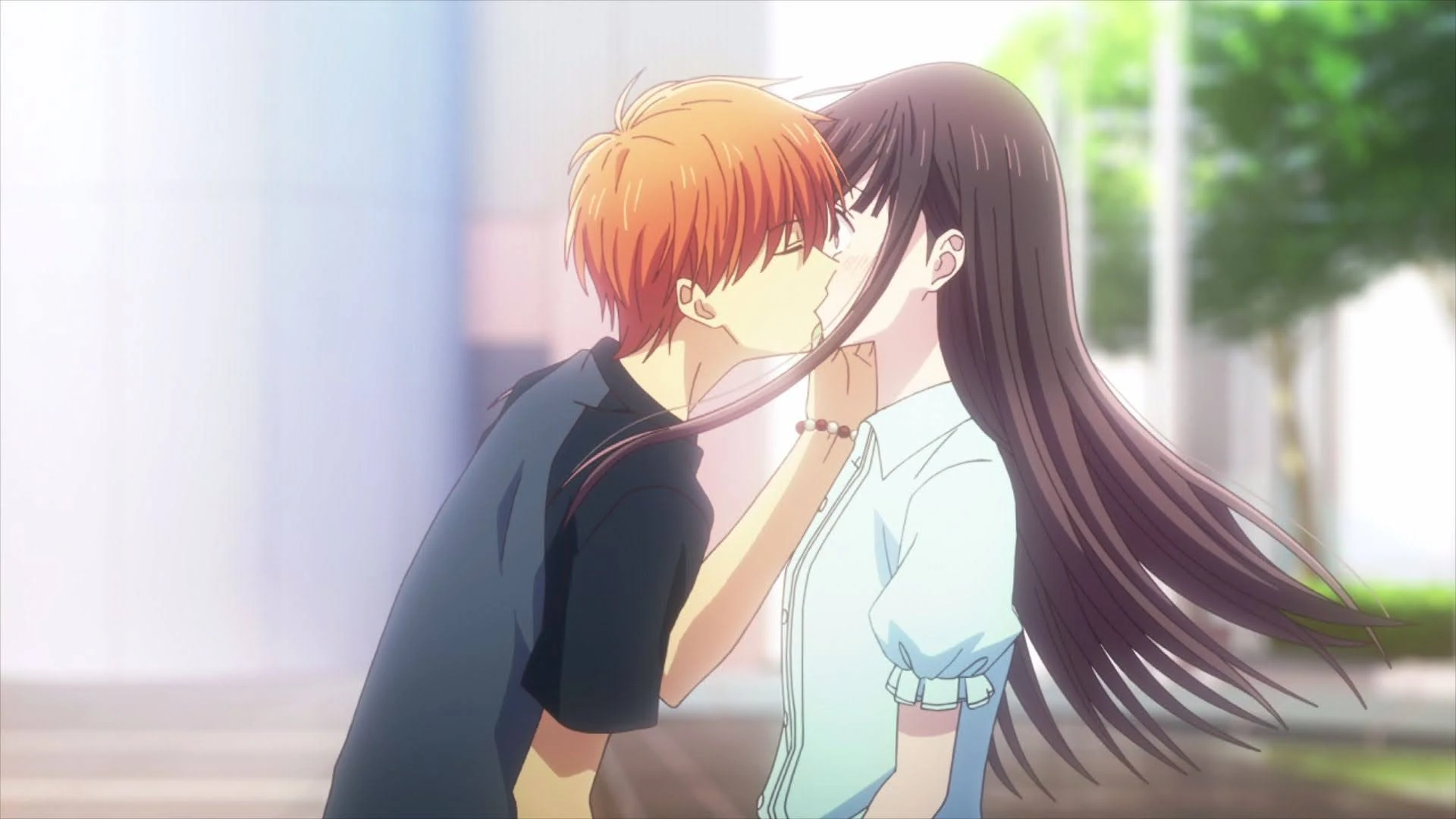
Although the original Fruits Basket series debuted in 2001, it wasn’t until 2019 that a faithful adaptation of the manga began, culminating in its conclusion in the spring of 2021, followed by an epilogue. Widely regarded as one of the most cherished shojo anime of all time, Fruits Basket encapsulates the breadth, depth, and intricacy of the demographic.
Centered around Tooru and her life within the Souma household, the series looks like a fascinating tale of discovery and transformation. Tooru learns of the family’s unique curse: each member transforms into one of the animals from the Chinese zodiac when embraced by someone of the opposite gender. Within this fantastical premise lies a rich of romance and drama, rooted in both intra- and interpersonal struggles.
Throughout its three seasons, Fruits Basket charts Tooru’s poignant journey of self-realization, mirrored by the profound growth of the Souma family’s core members. With its stellar animation, masterful storytelling, and boundless heart, Fruits Basket stands as a masterpiece transcending any demographic boundaries.
“Fruits Basket” is a Japanese manga series written and illustrated by Natsuki Takaya. Serialized in Hakusensha’s “Hana to Yume” magazine from 1998 to 2006, the series has been adapted into multiple anime seasons, OVAs, and films. Regarded as a classic in the shoujo genre,
“Fruits Basket” has entertained audiences with its compelling characters, poignant themes, and heartfelt storytelling. Set in a world where members of the Sohma family are cursed to transform into animals of the Chinese zodiac, the series explores themes of family, friendship, and the power of love to heal emotional wounds.
The story follows Tohru Honda, an orphaned high school girl who, after her mother’s death, finds herself living in a tent in the woods. When her makeshift home is discovered by the enigmatic Sohma family, Tohru is invited to live with them.
She soon learns of the Sohma family’s extraordinary secret: they are cursed to transform into animals of the Chinese zodiac when hugged by someone of the opposite gender. Despite the curse’s fantastical nature, the Sohmas struggle with deep emotional scars and dysfunctional family dynamics.
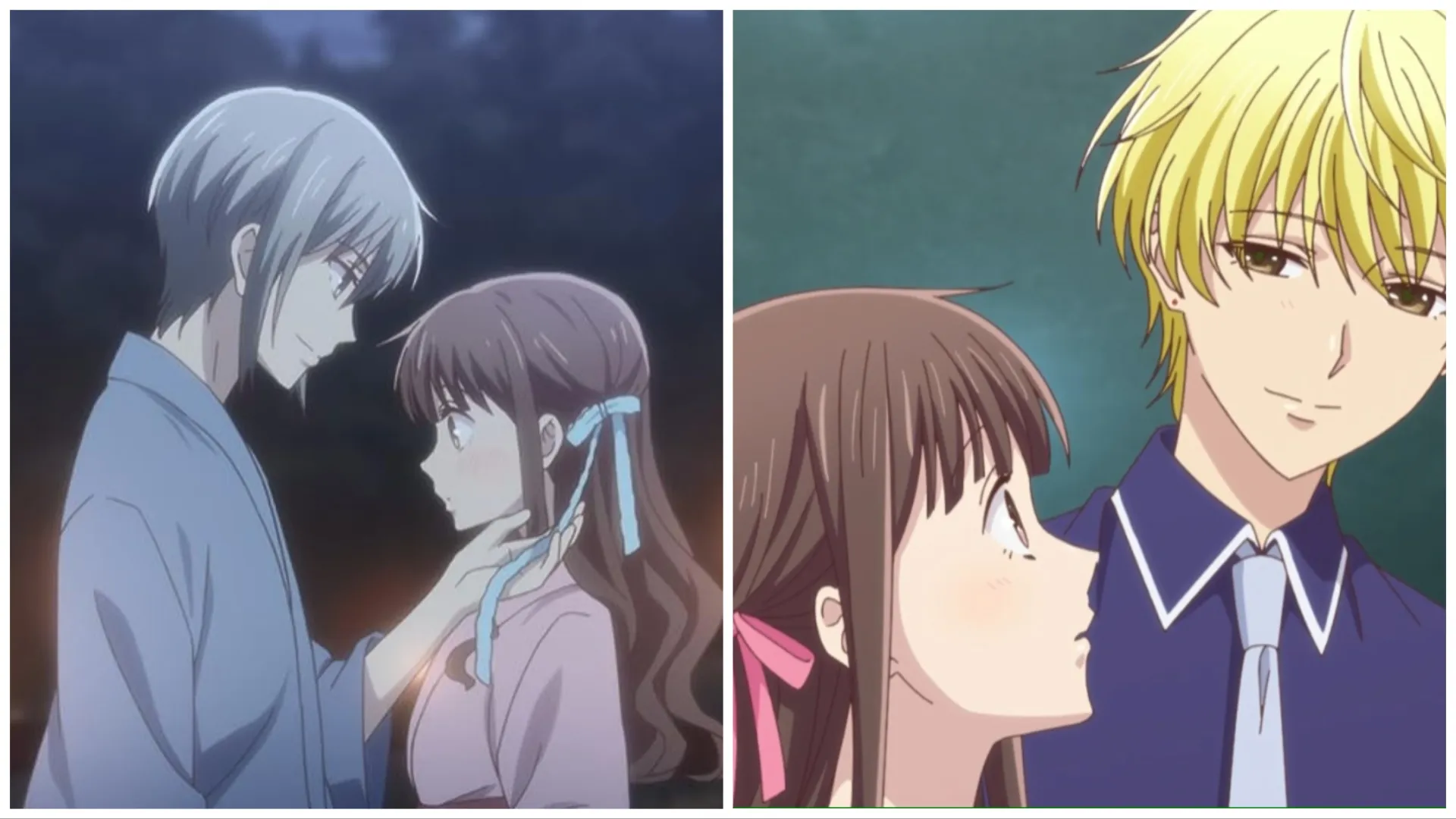
As Tohru becomes entwined with the lives of the Sohma family members, she discovers their painful pasts, insecurities, and fears. Through her unwavering kindness, empathy, and determination, Tohru seeks to break the curse and heal the fractured bonds within the Sohma family.
Along the way, she forms deep connections with the various Sohma family members, including the stoic Yuki, the brash Kyo, and the enigmatic Shigure, each of whom harbors secrets and vulnerabilities of their own.
Tohru Honda: Tohru serves as the heart and soul of “Fruits Basket,” embodying kindness, resilience, and unwavering compassion. Despite facing numerous hardships and tragedies in her life, Tohru maintains a positive outlook and remains determined to help those around her. Her journey is one of self-discovery and personal growth, as she learns to confront her own insecurities and fears while offering solace and support to others.
Yuki Sohma*: Yuki, the “Rat” of the zodiac, initially appears cold and distant, struggling with social anxiety and feelings of inadequacy. As the series progresses, Yuki undergoes significant character development, learning to overcome his past traumas and embrace his true self. His relationship with Tohru serves as a catalyst for his emotional growth, allowing him to break free from the confines of his past and forge genuine connections with others.
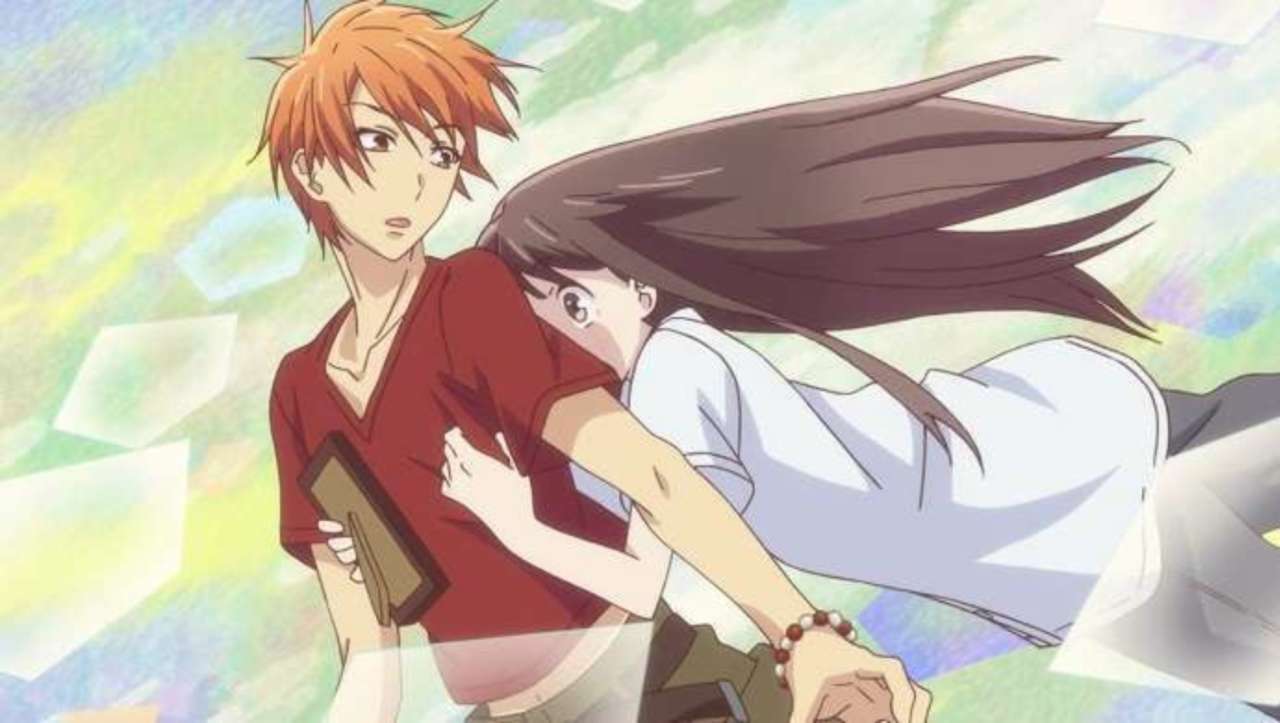
Kyo Sohma: Kyo, the “Cat” of the zodiac, is portrayed as hot-headed and brash, harboring deep-seated resentment towards the Sohma family for their treatment of him as an outcast. Despite his outward bravado, Kyo wrestles with feelings of self-loathing and insecurity, longing to find acceptance and belonging.
Through his interactions with Tohru and the other Sohmas, Kyo goes on a journey of self-acceptance and redemption, learning to embrace his true identity and find peace within himself.
Supporting Characters: “Fruits Basket” features a rich ensemble of supporting characters, each contributing to the series’ emotional depth and narrative complexity. Notable characters include:
Shigure Sohma: The laid-back and mischievous cousin of Yuki and Kyo, Shigure is a mysterious figure with his own hidden agenda. His playful demeanor often masks deeper intentions and motivations, adding intrigue to the story.
Akito Sohma: The enigmatic and manipulative head of the Sohma family, Akito wields immense power over the other family members. Akito’s complex relationship with the zodiac members and their respective curses serves as a central conflict in the series, exploring themes of control, manipulation, and redemption.
“Fruits Basket” goes into several profound themes, offering poignant reflections on love, loss, and the complexities of human relationships.
At its core, the series explores the theme of family and the search for belonging. The Sohma family’s curse serves as a metaphor for the emotional barriers and traumas that divide them, highlighting the importance of acceptance, forgiveness, and unconditional love in healing familial wounds.
The characters in “Fruits Basket” grapple with issues of identity and self-acceptance, confronting societal expectations, and internalized fears. Through their personal journeys, they learn to embrace their true selves, overcoming shame and insecurity to find empowerment and fulfillment.
Central to the series is the transformative power of love to heal emotional wounds and inspire personal growth. Through their relationships with one another, the characters in “Fruits Basket” discover the capacity for forgiveness, redemption, and genuine connection, transcending the pain of their pasts and forging a brighter future together.
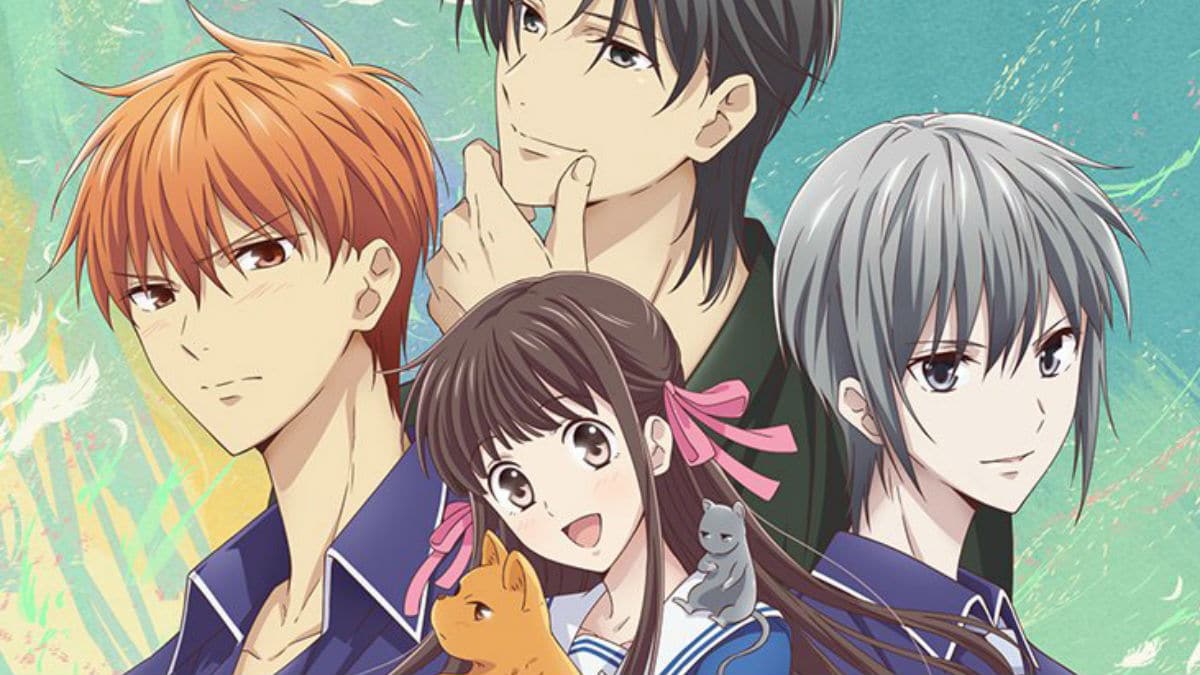
Natsuki Takaya’s artwork in “Fruits Basket” is characterized by its delicate linework, expressive character designs, and evocative emotional resonance. The series’ lush backgrounds and detailed illustrations create a vivid and immersive world, enhancing the narrative’s emotional impact.
Takaya’s ability to convey subtle facial expressions and body language adds depth and nuance to the characters’ interactions, allowing readers to empathize with their struggles and triumphs.
The narrative style of “Fruits Basket” is characterized by its richly developed characters, intricate plotlines, and emotional depth. Takaya weaves together elements of drama, romance, and fantasy, crafting a multi-layered story that balances moments of humor and heartbreak with poignant reflections on the human experience.
The series’ episodic structure allows for the exploration of individual character arcs and thematic motifs, while overarching plotlines provide cohesion and momentum to the narrative.
“Fruits Basket” has garnered widespread acclaim from critics and audiences alike, praised for its compelling characters, emotional depth, and nuanced exploration of complex themes. The manga has received numerous awards, including the Kodansha Manga Award for Best Shoujo Manga, recognizing its impact and influence in the genre.

The anime adaptation has further popularized the series, reaching a broad audience and earning praise for its faithful adaptation and evocative animation. Fans appreciate “Fruits Basket” for its timeless storytelling, memorable characters, and powerful messages of love, acceptance, and redemption.
“Fruits Basket” is a timeless and unforgettable journey of love, loss, and redemption, offering a poignant exploration of the human condition and the power of compassion to heal emotional wounds. Through its richly developed characters, evocative artwork, and heartfelt storytelling, the series leaves a lasting impression on readers, inspiring empathy, understanding, and hope for a brighter future.
For those seeking a manga that combines heartfelt drama with elements of fantasy and romance, “Fruits Basket” offers a nice and emotionally resonant reading experience. It is a testament to the enduring power of storytelling to touch the heart and soul, leaving a lasting impact on readers long after the final page is turned.
8. Banana Fish
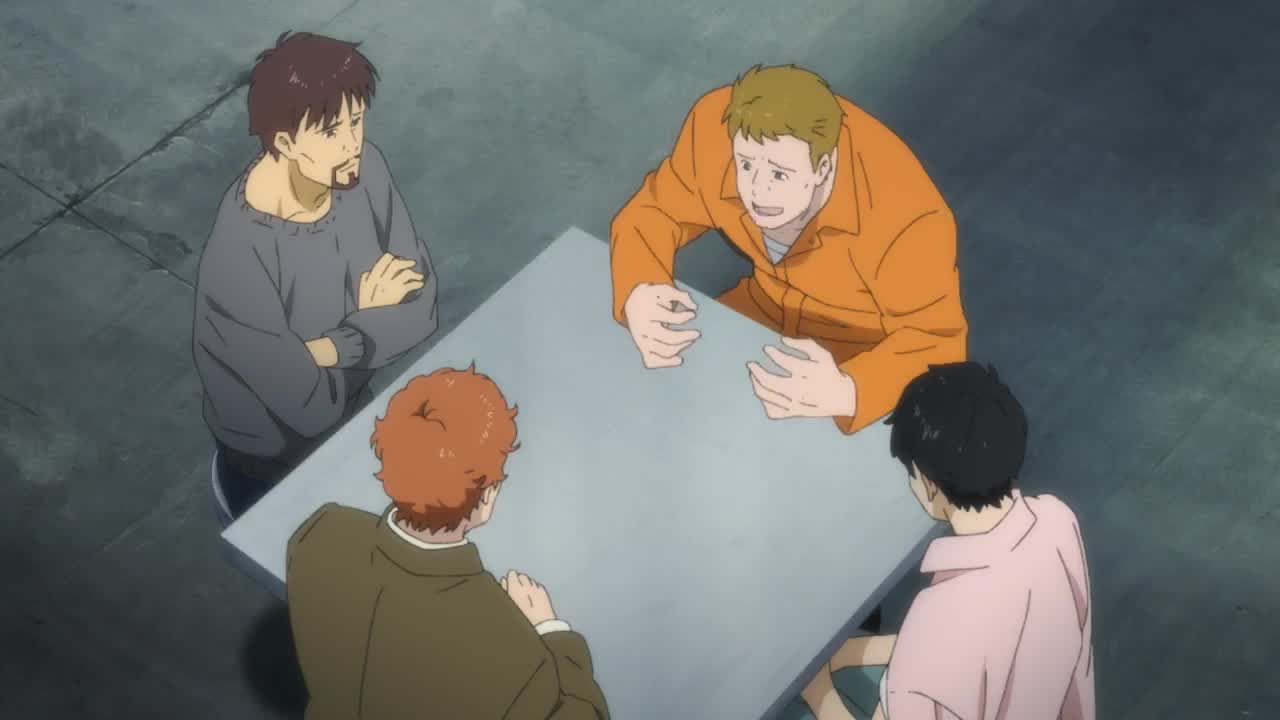
Part of Akimi Yoshida’s 40th-anniversary commemoration project, Banana Fish breaks the mold of typical shojo anime in remarkable ways. How many shojo series look into the narrative of a boy raised by a mafia boss, Traveling a mystery intertwined with the Iraq War? Just one — Banana Fish.
Darker and grittier than most shojo fare, the series confronts themes such as drug abuse, PTSD, and sexual assault. Viewers should take note of potential triggers and consider content warnings before diving into Banana Fish. Despite its weighty subject matter, the show navigates these themes with sensitivity and raw authenticity, delivering a gripping narrative fraught with tension and heartache.
“Banana Fish” is a Japanese manga series written and illustrated by Akimi Yoshida. Serialized in Shogakukan’s “Bessatsu Shōjo Comic” magazine from 1985 to 1994, the series has gained acclaim for its intense narrative, complex characters, and exploration of themes such as trauma, power, and the consequences of violence.
Set in the gritty underworld of New York City during the 1980s, “Banana Fish” follows the story of Ash Lynx, a young gang leader, and Eiji Okumura, a Japanese photographer, as they navigate the dangerous world of organized crime and political intrigue.
The series begins with a mysterious drug called “Banana Fish” that induces a state of extreme violence and insanity in its users. Ash Lynx, a charismatic and ruthless gang leader, becomes embroiled in a conspiracy involving the drug after his older brother, Griffin, returns from the Vietnam War with a traumatic secret related to Banana Fish.
Determined to uncover the truth behind the drug and protect those he cares about, Ash forms an unlikely alliance with Eiji Okumura, a kind-hearted photographer from Japan.
As Ash and Eiji go deeper into the shadowy underworld of New York City, they encounter various factions vying for control of Banana Fish, including rival gangs, corrupt politicians, and shadowy government agencies. Along the way, they confront their own demons, form powerful bonds of friendship and love, and ultimately strive to break free from the cycle of violence and exploitation that threatens to consume them.
Ash Lynx: Ash is a complex and compelling protagonist, torn between his ruthless reputation as a gang leader and his desire for freedom and redemption. Traumatized by his experiences in the Vietnam War and burdened by the responsibility of caring for his brother, Ash struggles to reconcile his violent past with his yearning for a better future. His relationship with Eiji serves as a catalyst for his emotional growth, allowing him to confront his trauma and find hope in the midst of darkness.
Eiji Okumura: Eiji is a gentle and compassionate soul, thrust into the dangerous world of organized crime through his friendship with Ash. Despite his initial naivety and inexperience, Eiji proves to be a valuable ally to Ash, offering him unconditional support and unwavering loyalty. His relationship with Ash deepens over the course of the series, evolving from friendship to a profound bond of love and mutual understanding.
Supporting Characters: The series features a diverse cast of supporting characters, each with their own motivations and conflicts. Notable characters include:
Max Lobo: A journalist and former Vietnam War correspondent, Max serves as a mentor and father figure to Ash, offering him guidance and support in his quest for justice.
Shorter Wong: A loyal member of Ash’s gang, Shorter grapples with his own identity and loyalties as he becomes embroiled in the conflict surrounding Banana Fish.
Dino Golzine: A powerful crime lord and the primary antagonist of the series, Dino seeks to control Banana Fish for his own nefarious purposes, ma10 Greatest Shojo Anime That Every Fan Should Watchnipulating Ash and others to further his ambitions.
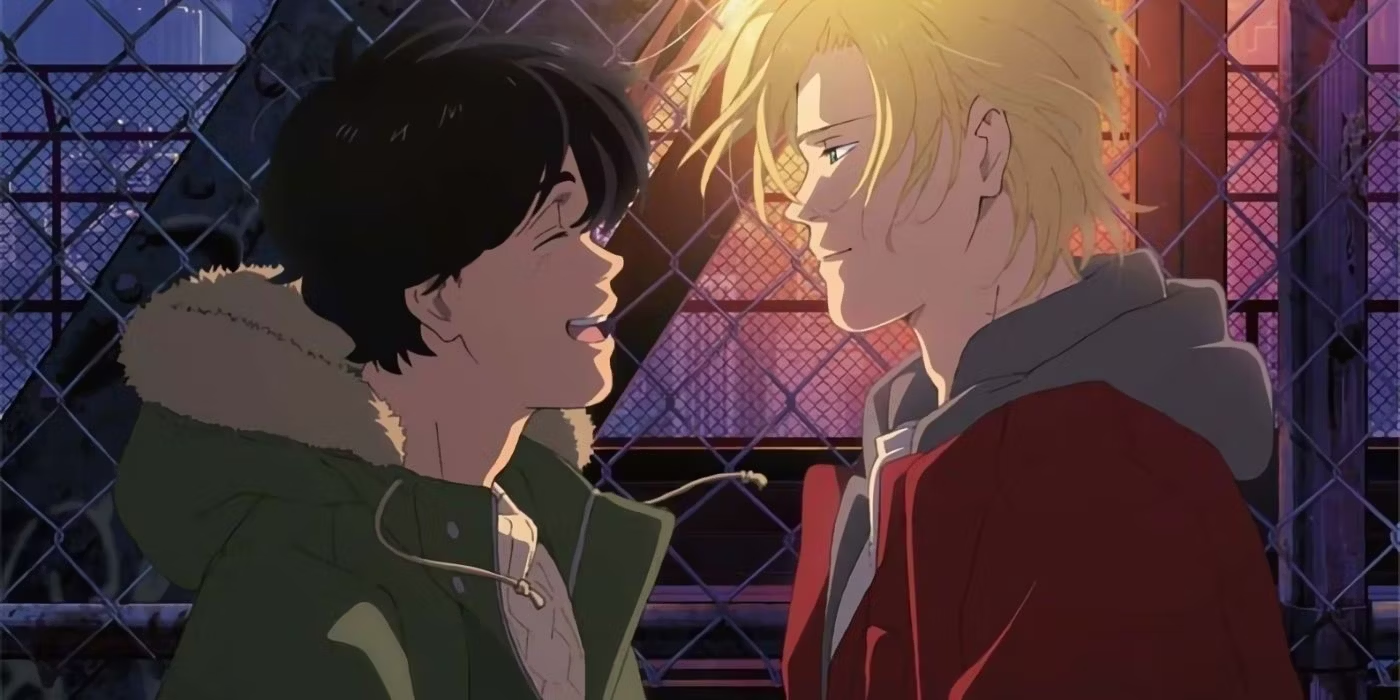
“Banana Fish” explores several profound themes, offering a nuanced and thought-provoking commentary on power, trauma, and the human condition.
Central to the series is the theme of violence and its devastating impact on individuals and society. The characters in “Banana Fish” grapple with the physical and psychological scars of their past traumas, struggling to break free from cycles of abuse and exploitation. Through their experiences, the series highlights the destructive nature of violence and the resilience of the human spirit in overcoming adversity.
The series examines the abuse of power and the consequences of unchecked authority. Characters such as Dino Golzine and corrupt government officials manipulate and exploit others for their own gain, perpetuating cycles of violence and oppression. “Banana Fish” critiques systems of power that prioritize profit and control over human life and dignity, urging readers to question the ethical implications of societal structures.
Despite the darkness and despair that pervade the series, “Banana Fish” offers moments of hope and redemption through the power of love and friendship.
Ash and Eiji’s relationship serves as a beacon of light in a world consumed by darkness, offering solace and comfort amidst the chaos. Their unwavering devotion to one another symbolizes the transformative power of love to heal wounds and inspire change, even in the face of seemingly insurmountable odds.
Akimi Yoshida’s artwork in “Banana Fish” is characterized by its gritty realism, expressive character designs, and dynamic action sequences.
The series’ detailed backgrounds and atmospheric lighting create a sense of immersion in the dark and dangerous world of New York City. Yoshida’s ability to convey emotion through facial expressions and body language adds depth and complexity to the characters, allowing readers to empathize with their struggles and triumphs.
The narrative style of “Banana Fish” is fast-paced and intense, with a focus on suspenseful plot twists, high-stakes confrontations, and emotional revelations. Yoshida weaves together multiple storylines and character arcs, creating a multi-layered narrative that keeps readers on the edge of their seats.
The series’ exploration of themes such as trauma, power, and redemption is complemented by its nuanced character development and intricate plot developments, resulting in a gripping and emotionally resonant reading experience.
“Banana Fish” has garnered widespread acclaim from critics and audiences alike, praised for its compelling characters, intense storytelling, and thought-provoking themes. The manga has been credited with influencing the shoujo genre and inspiring subsequent generations of creators to explore darker and more mature subject matter.
The anime adaptation has further popularized the series, reaching a global audience and earning praise for its faithful adaptation and stylish animation. Fans appreciate “Banana Fish” for its powerful narrative, complex characters, and evocative exploration of difficult themes, cementing its status as a modern classic in the manga and anime canon.
“Banana Fish” is a gripping and emotionally charged tale of crime, power, and redemption, offering a thought-provoking exploration of the human condition amidst the backdrop of New York City’s underworld. Through its compelling characters, intense storytelling, and evocative themes, the series leaves a lasting impression on readers, challenging them to confront difficult truths about violence, trauma, and the capacity for love to overcome darkness.
For those seeking a manga that combines suspenseful action with poignant emotional depth, “Banana Fish” offers a nice and immersive reading experience. It is a testament to the power of storytelling to provoke reflection, inspire empathy, and remind us of the enduring strength of the human spirit in the face of adversity.
7. The Rose of Versailles
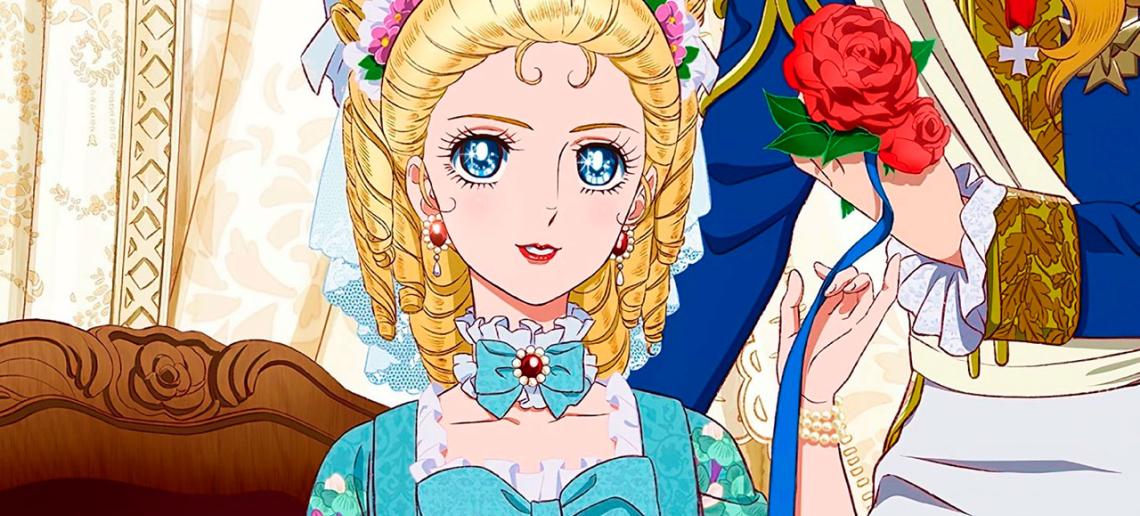
Even after four decades, The Rose of Versailles remains a timeless masterpiece and stands as one of the finest historical shojo anime of all time. Its alternate retelling of the events preceding the French Revolution continues to fascinate audiences just as it did upon its debut in 1979.
At the heart of the series lies the compelling romance between Oscar François de Jarjeyes and her childhood companion Andre. Their love story is fraught with obstacles, including societal divides and Oscar’s upbringing as a male to lead the royal guard. The Rose of Versailles fearlessly explores themes of sexual and gender identity, as well as the quest for belonging, resonating deeply with fans of historical dramas.
With its storytelling and nuanced character development, The Rose of Versailles delivers everything aficionados of the genre cherish, ensuring its enduring relevance and acclaim.
The Rose of Versailles (Japanese: “Versailles no Bara”) is a classic Japanese manga series written and illustrated by Riyoko Ikeda. Serialized in Shueisha’s “Margaret” magazine from 1972 to 1973, the series has become an iconic work in the shoujo genre, renowned for its compelling characters, intricate storytelling, and rich historical detail.
Set against the backdrop of pre-revolutionary France, “The Rose of Versailles” follows the life of Oscar François de Jarjayes, a noblewoman raised as a man, as she navigates the complexities of love, loyalty, and political intrigue.
The series begins in 1755, during the reign of King Louis XV of France, and spans several decades leading up to the French Revolution. Oscar François de Jarjayes, the daughter of a high-ranking military officer, is raised as a boy by her father in order to inherit his title and serve as the commander of the Royal Guard. As Oscar matures, she grapples with questions of identity and duty, torn between her aristocratic upbringing and her desire for personal freedom.
Against the backdrop of the opulent court of Versailles, Oscar becomes embroiled in the turbulent politics of the era, forming deep connections with historical figures such as Marie Antoinette, Count Axel von Fersen, and the infamous Madame du Barry. As tensions between the nobility and the common people escalate, Oscar finds herself torn between her loyalty to the monarchy and her sympathy for the plight of the oppressed.
Oscar François de Jarjayes: Oscar serves as the central protagonist of “The Rose of Versailles,” embodying the ideals of honor, courage, and integrity. Raised as a boy and trained in the art of warfare, Oscar defies traditional gender roles and societal expectations, carving out her own path as a respected leader and defender of justice. Despite her outward strength and stoicism, Oscar grapples with her own vulnerabilities and insecurities, particularly in matters of the heart.
Marie Antoinette: The queen of France and a central figure in the series, Marie Antoinette is depicted as a complex and tragic figure, torn between her lavish lifestyle and the suffering of her people. Through her interactions with Oscar and other characters, Marie Antoinette undergoes a journey of self-discovery and introspection, ultimately facing the consequences of her actions as the revolution unfolds.
André Grandier: A commoner who serves as Oscar’s loyal aide-de-camp, André is deeply devoted to her and struggles to reconcile his love for her with the vast social divide between them. André’s character arc explores themes of class, identity, and sacrifice, as he wrestles with his own sense of worthiness and belonging in a society defined by rigid social hierarchies.
Supporting Characters: “The Rose of Versailles” features a rich ensemble of supporting characters, each contributing to the series’ intricate plotlines and thematic depth. Notable characters include:
Count Axel von Fersen: A Swedish nobleman and close friend of Marie Antoinette, Fersen becomes entangled in a passionate yet tragic romance with the queen, further complicating the political surface of Versailles.
Madame du Barry: A notorious courtesan and rival to Marie Antoinette, du Barry’s influence at court serves as a catalyst for intrigue and conflict, as she vies for power and prestige amidst the chaos of pre-revolutionary France.
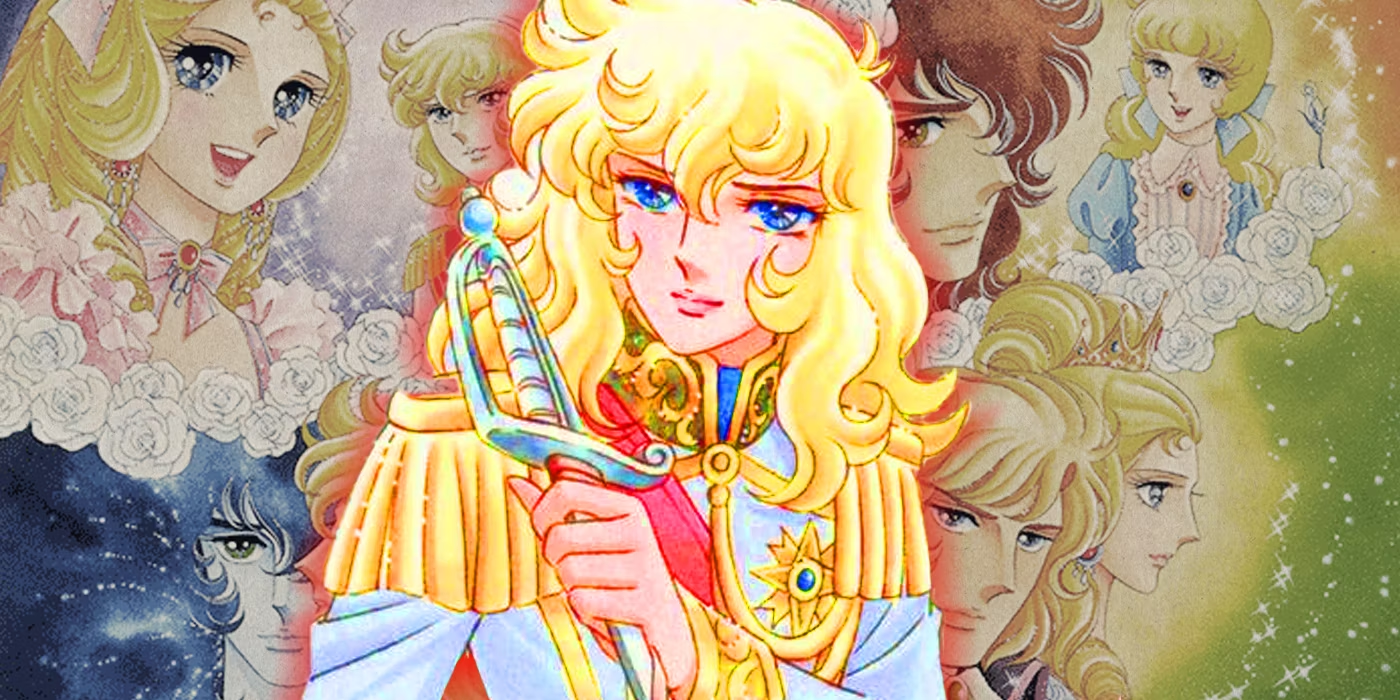
Charlotte de Polignac: A young aristocrat and confidante of Marie Antoinette, Charlotte’s journey from innocence to disillusionment mirrors the broader societal upheaval of the French Revolution, highlighting the impact of political turmoil on individual lives.
“The Rose of Versailles” explores several profound themes, offering a nuanced and multi-layered portrait of pre-revolutionary France and the human condition.
At its core, the series challenges traditional notions of gender and identity, as Oscar defies societal expectations and blazes her own trail as a woman in a man’s world. Through her struggles and triumphs, Oscar becomes a symbol of empowerment and self-determination, inspiring others to question the limitations imposed by gender roles and social norms.
The series examines the corrupting influence of power and privilege, as the aristocracy of Versailles revels in luxury while the common people suffer under oppression and poverty. Through Oscar’s perspective, the series sheds light on the inherent inequalities of the feudal system and the moral imperative to fight for justice and equality.
Central to the series is the theme of love and sacrifice, as characters grapple with the complexities of romantic, familial, and platonic relationships amidst the chaos of revolution.
Whether it be Oscar’s unrequited love for André, Marie Antoinette’s forbidden romance with Fersen, or the camaraderie shared between comrades on the battlefield, “The Rose of Versailles” explores the transformative power of love to inspire courage, loyalty, and selflessness in the face of adversity.
Riyoko Ikeda’s artwork in “The Rose of Versailles” is characterized by its elegant linework, intricate costume design, and evocative historical detail. The series’ lavish depictions of 18th-century France transport readers to the opulent court of Versailles, immersing them in a world of grandeur and decadence.
Ikeda’s ability to convey emotion through facial expressions and body language adds depth and nuance to the characters, allowing readers to empathize with their struggles and triumphs.
The narrative style of “The Rose of Versailles” is epic in scope, with a focus on sweeping historical drama, political intrigue, and intimate character development. Ikeda weaves together multiple storylines and character arcs, creating interconnected narratives that unfold against the backdrop of revolution and social upheaval. The series’ exploration of themes such as love, power, and identity is complemented by its intricate plotting and meticulous attention to historical detail, resulting in a nice and immersive reading experience.
“The Rose of Versailles” has garnered widespread acclaim from critics and audiences alike, praised for its compelling characters, lush artwork, and thought-provoking storytelling. The manga has been credited with influencing subsequent generations of creators and shaping the shoujo genre, inspiring countless adaptations, homages, and reinterpretations over the years.
The anime adaptation, directed by Tadao Nagahama and later Osamu Dezaki, further popularized the series, reaching a global audience and earning acclaim for its faithful adaptation and stylish animation. Fans appreciate “The Rose of Versailles” for its timeless themes, complex characters, and immersive historical setting, cementing its status as a classic work of manga and a beloved cultural icon.
“The Rose of Versailles” stands as a timeless masterpiece of historical drama, offering a sweeping and immersive portrait of pre-revolutionary France and the human experience. Through its compelling characters, intricate plotting, and evocative themes, the series captures the grandeur and tragedy of one of history’s most tumultuous eras, while exploring timeless questions of love, power, and identity.
For those seeking a manga that combines epic historical drama with intimate character development, “The Rose of Versailles” offers a nice and emotionally resonant reading
6. Ouran High School Host Club

Ouran High School Host Club ingeniously takes stereotypical character archetypes and gradually evolves them throughout its runtime. Looking into themes of gender and presentation, the series introduces us to Haruhi, who, after an expensive mishap, finds herself reluctantly assuming the role of the host club’s boy.
Despite its 2006 release, the show’s enduring popularity speaks volumes about its exceptional characterization and humor. Ouran’s wit and charm make it a standout among anime comedies, earning it a well-deserved reputation as one of the funniest series of all time.
“Ouran High School Host Club” is a Japanese manga series written and illustrated by Bisco Hatori. Serialized in Hakusensha’s “LaLa” magazine from 2002 to 2010, the series has garnered widespread acclaim for its hilarious humor, charming characters, and clever satire of shoujo tropes.
Set in the prestigious Ouran Academy, the story follows Haruhi Fujioka, a scholarship student who stumbles upon the school’s eccentric Host Club, where she becomes entangled in a whirlwind of comedy, romance, and hijinks.
The series begins with Haruhi Fujioka, a bright and pragmatic girl from a modest background, who earns a scholarship to the prestigious Ouran Academy, an elite private school for the wealthy and privileged.
Mistaken for a boy due to her short hair and tomboyish appearance, Haruhi accidentally breaks an expensive vase belonging to the Host Club, a group of handsome young men who entertain female clients with their charm and charisma. In order to repay her debt, Haruhi is forced to join the Host Club as a host, despite her initial reluctance.
As Haruhi becomes acquainted with the members of the Host Club, she discovers their unique personalities and quirks, including the princely Tamaki Suoh, the mischievous Hitachiin twins, Hikaru and Kaoru, the stoic Mori, the flamboyant Honey, and the cool and collected Kyoya. Together, they navigate the challenges of high school life, form deep bonds of friendship, and explore the complexities of love and identity.
Haruhi Fujioka: Haruhi serves as the series’ protagonist, embodying wit, intelligence, and a down-to-earth demeanor amidst the extravagance of the Host Club. As the only commoner in the group, Haruhi provides a grounded perspective on the absurdities of the aristocratic world of Ouran Academy. Over the course of the series, Haruhi undergoes personal growth and self-discovery, confronting her own insecurities and forming meaningful relationships with her fellow Host Club members.
Tamaki Suoh: Tamaki is the charismatic and theatrical president of the Host Club, known for his princely charm and flair for melodrama. Despite his outward confidence, Tamaki harbors deep-seated insecurities stemming from his troubled family history. Through his interactions with Haruhi and the other members of the Host Club, Tamaki learns to confront his fears and embrace his true self, ultimately finding acceptance and belonging.
Supporting Characters: The series features a colorful cast of supporting characters, each with their own unique personality and story arc. Notable characters include:
Hitachiin Twins (Hikaru and Kaoru): Mischievous and playful, the Hitachiin twins delight in causing chaos and confusion with their elaborate pranks and schemes. Beneath their carefree facade lies a deep bond of brotherhood and a shared longing for genuine connection.
Mori and Honey: Mori and Honey are childhood friends and members of the Host Club, known for their contrasting personalities. Mori is a silent and stoic figure, while Honey is a cheerful and energetic martial arts prodigy. Despite their differences, Mori and Honey share a close bond and provide support to their fellow Host Club members.

“Ouran High School Host Club” satirizes the conventions of the shoujo genre, offering a playful deconstruction of familiar tropes and archetypes. Through its witty humor and self-aware commentary, the series subverts traditional notions of romance, gender roles, and social hierarchy, challenging readers to question the absurdities of high school melodrama.
One of the central themes of the series is the exploration of gender and identity. Haruhi’s unconventional appearance and indifferent attitude toward gender norms challenge the expectations placed upon her by society. As she navigates the world of the Host Club, Haruhi confronts stereotypes and prejudices based on gender, ultimately finding acceptance and friendship among her peers.
“Ouran High School Host Club” lampoons the extravagance and elitism of the upper class, offering a tongue-in-cheek critique of wealth, privilege, and status. The Host Club’s absurd antics and frivolous pursuits serve as a commentary on the frivolity of aristocratic society, highlighting the absurdity of superficial appearances and materialistic pursuits.
The series playfully deconstructs romantic tropes and clichés, often subverting expectations and delivering unexpected twists and turns. Haruhi’s interactions with the members of the Host Club blur the lines between friendship and romance, teasing readers with romantic tension while simultaneously poking fun at the conventions of shoujo romance.
Bisco Hatori’s artwork in “Ouran High School Host Club” is characterized by its expressive character designs, dynamic panel layouts, and comedic timing. The series’ lighthearted tone is reflected in its whimsical artwork, which features exaggerated facial expressions, slapstick humor, and visual gags.
Hatori’s ability to balance humor with heartfelt moments of sincerity adds depth and nuance to the characters and their relationships, creating a rich and engaging narrative experience.
The narrative style of “Ouran High School Host Club” is fast-paced and episodic, with each chapter offering a self-contained story or comedic vignette.
The series’ episodic structure allows for the exploration of various themes and character dynamics, while overarching plotlines provide cohesion and continuity to the narrative. Hatori’s witty dialogue and clever wordplay add to the series’ comedic appeal, creating moments of hilarity and charm that resonate with readers of all ages.
“Ouran High School Host Club” has achieved widespread popularity and critical acclaim since its serialization, praised for its humor, wit, and engaging characters. The manga has been adapted into an anime series, OVAs, drama CDs, and live-action film adaptations, reaching a global audience and earning a dedicated fanbase.
The series’ success can be attributed to its universal appeal, appealing to fans of comedy, romance, and satire alike. Fans appreciate “Ouran High School Host Club” for its clever humor, endearing characters, and heartfelt themes of friendship and self-discovery, cementing its status as a beloved classic in the shoujo genre.
“Ouran High School Host Club” is a delightful and charming manga that blends comedy, romance, and satire into a uniquely entertaining and heartwarming story. Through its witty humor, engaging characters, and playful deconstruction of shoujo tropes, the series offers a refreshing take on high school romance and friendship.
Whether you’re a fan of romantic comedy or social satire, “Ouran High School Host Club” is sure to delight and entertain with its clever humor and heartfelt storytelling.
5. A Sign of Affection
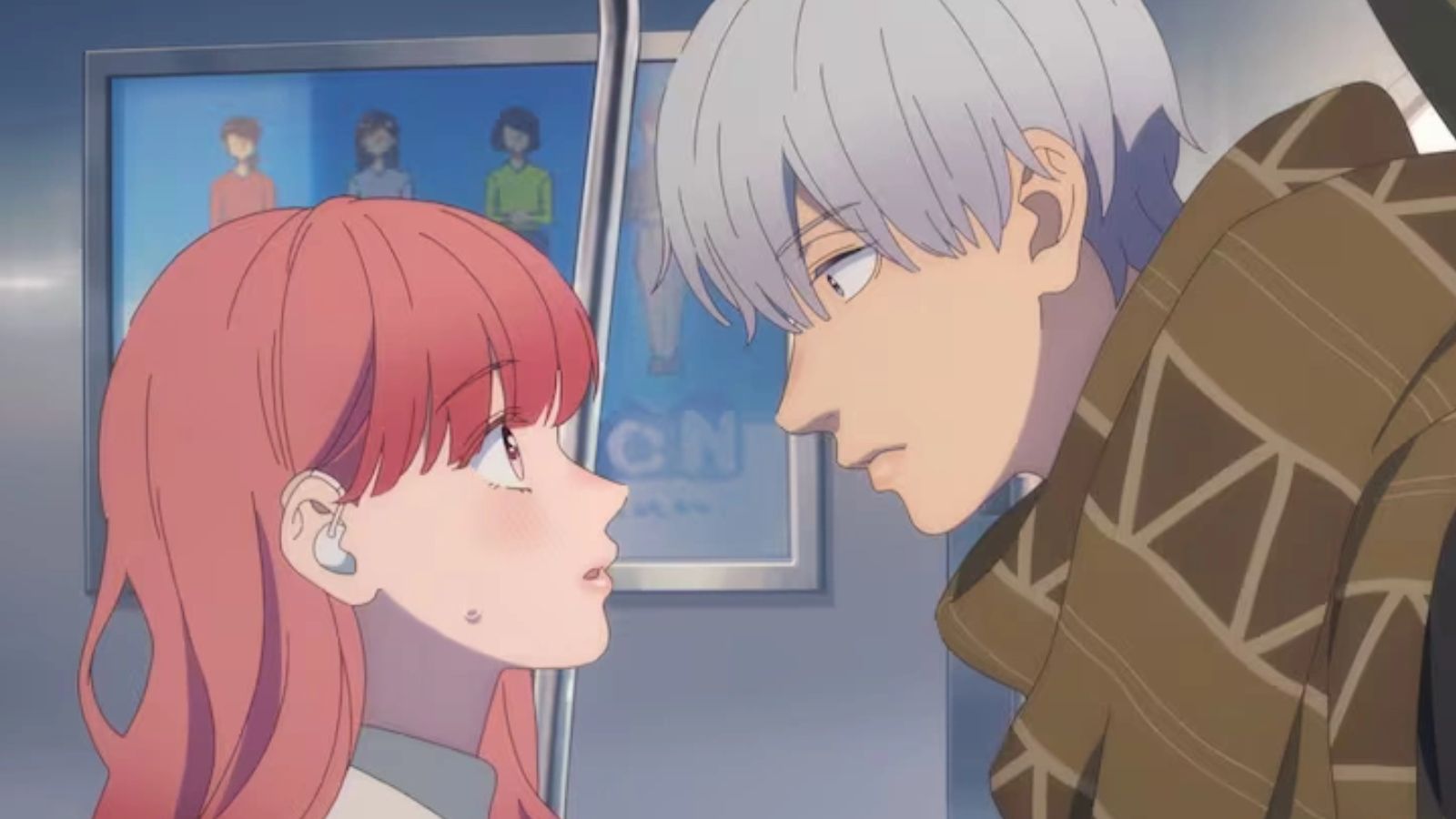
A Sign of Affection undoubtedly stands out as one of the best romance anime, despite airing alongside the acclaimed second season of The Dangers in My Heart. Ajia-do’s production deserves its own spotlight for delivering a fantastic series.
The story follows Yuki, a hearing-impaired college student whose life takes a turn when she has a charming encounter with Itsuomi, a globetrotter with a passion for languages. Their instant connection sparks a journey of mutual discovery and heartfelt romance as they navigate their budding relationship.
What sets A Sign of Affection apart is its portrayal of an older cast and their mature interactions. While tension isn’t absent, the series primarily exudes cuteness and uplifts viewers, largely due to the irresistible chemistry between Itsuomi and Yuki.
“A Sign of Affection” is a Japanese manga series written and illustrated by Suu Morishita. Serialized in Kodansha’s “Monthly Dessert” magazine since 2019, the series has gained acclaim for its tender exploration of romance, communication, and the deaf community.
Set in modern-day Tokyo, “A Sign of Affection” follows the relationship between Yuki, a hearing college student, and Itsuomi, a deaf art major, as they navigate the challenges of communication and understanding in their budding romance.
The series begins with Yuki, a cheerful and outgoing college student with a passion for photography, who encounters Itsuomi, a reserved and talented artist, at their university’s campus. Despite their initial communication barriers,
Yuki is drawn to Itsuomi’s quiet strength and artistic talent, and the two quickly form a deep connection. As their relationship blossoms, Yuki learns about Itsuomi’s experiences as a deaf person and becomes determined to improve her sign language skills in order to communicate more effectively with him.
As Yuki and Itsuomi navigate the ups and downs of college life, they encounter various challenges and obstacles that test the strength of their relationship. From misunderstandings and miscommunications to societal prejudices and family expectations, the couple must learn to overcome their differences and support each other as they strive to build a future together.
Yuki: Yuki serves as the series’ protagonist, embodying warmth, empathy, and determination in her quest to bridge the communication gap between herself and Itsuomi. As she learns more about the deaf community and the challenges faced by Itsuomi, Yuki undergoes personal growth and self-discovery, confronting her own biases and preconceptions along the way. Through her experiences with Itsuomi, Yuki learns the true meaning of empathy, compassion, and unconditional love.
Itsuomi: Itsuomi is a talented artist with a quiet and introspective personality, shaped by his experiences as a deaf person in a hearing world. Despite facing discrimination and misunderstanding from society, Itsuomi maintains a positive outlook on life and finds solace in his art and his relationship with Yuki. Through his interactions with Yuki and others, Itsuomi learns to open up and trust in the power of love to transcend barriers and unite hearts.
Supporting Characters: The series features a diverse cast of supporting characters, each contributing to the narrative’s exploration of communication and understanding. Notable characters include:
Mai: Yuki’s best friend and confidante, Mai provides emotional support and guidance to Yuki as she navigates the complexities of her relationship with Itsuomi. Mai’s unwavering loyalty and friendship serve as a source of strength for Yuki during challenging times.
Riku: Itsuomi’s childhood friend and fellow deaf student, Riku offers insight into the deaf community and serves as a mentor figure to Itsuomi. Riku’s experiences and perspective help Itsuomi navigate the challenges of college life and find confidence in his identity as a deaf person.
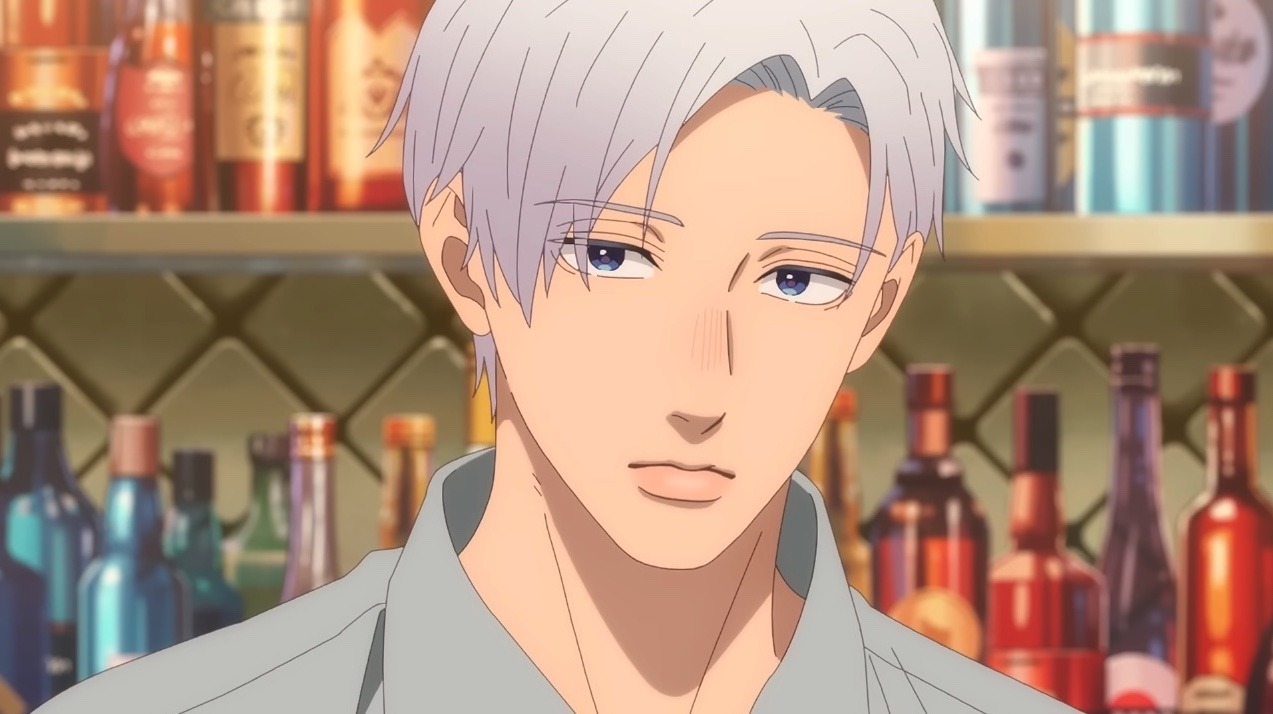
Deaf Culture: One of the central themes of “A Sign of Affection” is the exploration of deaf culture and the challenges faced by deaf individuals in a hearing-centric society.
Through Itsuomi’s experiences and interactions with others, the series sheds light on the unique communication methods, cultural norms, and societal barriers that shape the deaf community. By highlighting the importance of empathy, inclusion, and acceptance, the series promotes greater understanding and appreciation for deaf culture and identity.
At its core, “A Sign of Affection” is a love story that celebrates the power of communication to strengthen relationships and bridge divides. Through Yuki and Itsuomi’s journey, the series explores the nuances of communication, from verbal and nonverbal cues to the emotional connections that transcend language barriers.
By portraying the challenges and triumphs of their relationship, the series emphasizes the importance of patience, empathy, and active listening in fostering meaningful connections with others.
Suu Morishita’s artwork in “A Sign of Affection” is characterized by its delicate linework, expressive character designs, and emotive storytelling. The series’ soft, pastel-toned artwork creates a gentle and soothing atmosphere, reflecting the tender emotions and intimate moments shared between Yuki and Itsuomi.
Morishita’s attention to detail and nuanced facial expressions add depth and authenticity to the characters’ interactions, allowing readers to empathize with their struggles and triumphs.
The narrative style of “A Sign of Affection” is gentle and introspective, with a focus on character-driven storytelling and emotional depth. The series’ slow-paced and contemplative tone allows for exploration of complex themes and character dynamics, while subtle moments of humor and romance add charm and levity to the narrative. Morishita’s thoughtful exploration of communication and understanding resonates with readers of all ages, offering a heartfelt and uplifting reading experience.
“A Sign of Affection” has garnered praise from critics and audiences alike for its sensitive portrayal of deaf culture, heartfelt romance, and nuanced character development. The manga has been lauded for its authenticity and representation of deaf characters, earning acclaim from members of the deaf community for its respectful portrayal of their experiences and challenges.
The series has also resonated with readers for its universal themes of love, communication, and acceptance, inspiring empathy and understanding across cultural and linguistic barriers. Fans appreciate “A Sign of Affection” for its heartfelt storytelling, endearing characters, and positive message of love and inclusion, cementing its status as a beloved work in the romance genre.
“A Sign of Affection” is a heartwarming and emotionally resonant manga that celebrates the power of love, communication, and understanding. Through its sensitive portrayal of deaf culture and its tender exploration of romance, the series offers a compelling and uplifting narrative that inspires empathy, compassion, and connection.
Whether you’re a fan of romance manga or simply enjoy stories that celebrate the beauty of human connection, “A Sign of Affection” is sure to leave a lasting impression with its heartfelt storytelling and memorable characters.
4. Sailor Moon
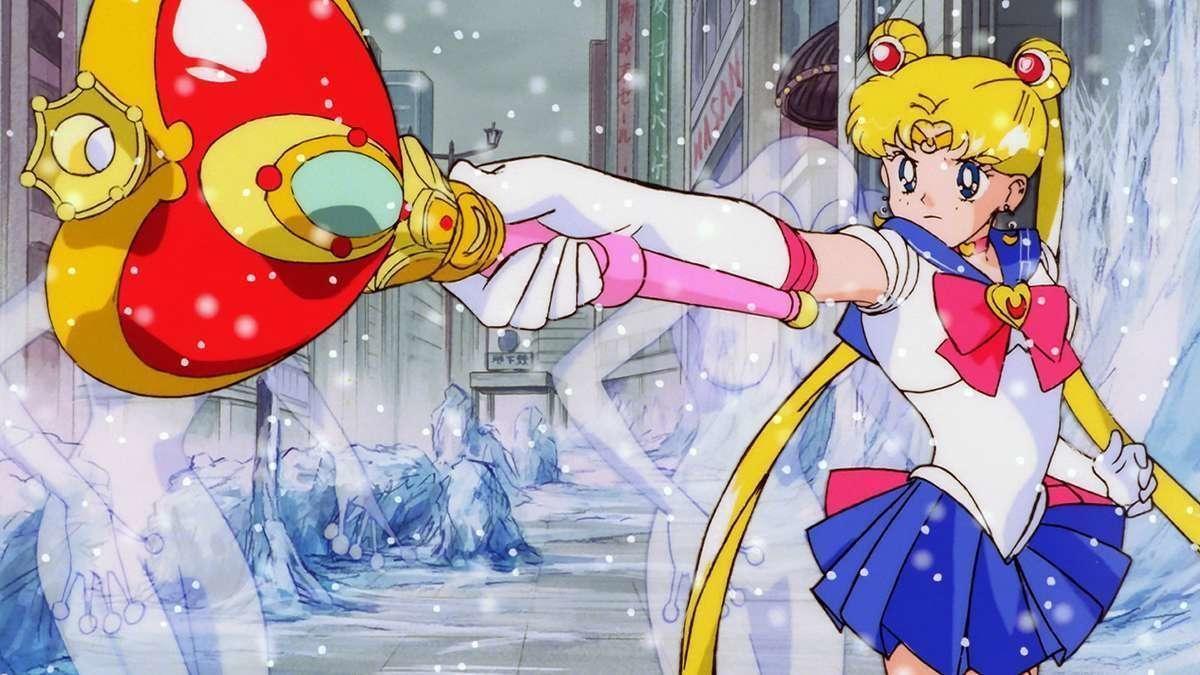
Sailor Moon holds an indelible place in the hearts of anime fans, particularly those who came of age in the 90s. With its irresistibly catchy theme song, the adventures of the Sailor Scouts have become iconic, making it a must-watch for any anime enthusiast. Whether viewers experienced the original series or the more recent retelling of Sailor Moon Crystal, the legendary journey of these magical guardians leaves a lasting impression.
While there may be other Magical Girl anime with superior storytelling, Sailor Moon reigns supreme as the most popular and arguably influential of them all. Despite some aspects of the original series not aging gracefully, the show’s charm and enduring appeal remain undeniable.
“Sailor Moon,” originally known as “Pretty Soldier Sailor Moon,” is a Japanese manga series written and illustrated by Naoko Takeuchi. Serialized in Kodansha’s “Nakayoshi” magazine from 1991 to 1997, the series has become one of the most iconic and influential works in the magical girl genre.
Renowned for its nice storyline, memorable characters, and empowering themes, “Sailor Moon” has captured the hearts of fans worldwide and left a lasting legacy in manga and anime.
The series follows the adventures of Usagi Tsukino, a clumsy and somewhat ditzy teenage girl who discovers that she is the reincarnation of Sailor Moon, the legendary warrior of love and justice. Alongside her fellow Sailor Guardians — Sailor Mercury, Sailor Mars, Sailor Jupiter, and Sailor Venus — Usagi must battle against the forces of evil to protect the Earth from destruction.
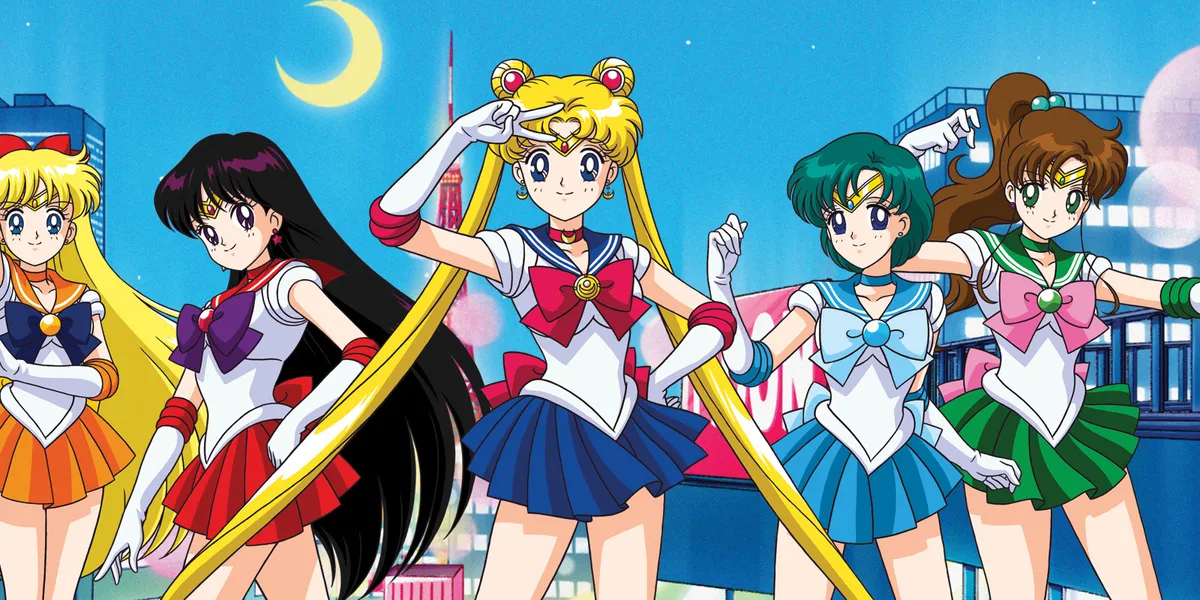
As the series progresses, Usagi and her friends uncover the truth about their past lives, their destiny as Sailor Guardians, and the dark forces threatening their world. With the help of Tuxedo Mask, a mysterious ally with whom Usagi shares a deep connection, the Sailor Guardians confront powerful adversaries, uncover hidden truths, and unlock their true potential as defenders of justice.
Usagi Tsukino / Sailor Moon: Usagi serves as the series’ protagonist, embodying kindness, compassion, and unwavering determination in the face of adversity. Initially portrayed as a typical teenage girl, Usagi undergoes significant growth and development as she embraces her role as Sailor Moon and accepts the responsibilities that come with it. Through her journey, Usagi learns the importance of friendship, courage, and self-belief, ultimately becoming a symbol of hope and inspiration to others.
Sailor Guardians: Each of the Sailor Guardians possesses unique powers and abilities, as well as distinct personalities and character arcs:
Sailor Mercury (Ami Mizuno): The intellectual and studious member of the group, Sailor Mercury utilizes her water-based powers to analyze enemy tactics and provide strategic support to her teammates.
Sailor Mars (Rei Hino): A fiery and passionate shrine maiden, Sailor Mars harnesses the power of fire and psychic abilities to combat evil forces and protect her friends.
Sailor Jupiter (Makoto Kino): Strong and athletic, Sailor Jupiter uses her lightning-based attacks and martial arts skills to defend her allies and stand up for justice.
Sailor Venus (Minako Aino): The leader of the Sailor Guardians and the guardian of love, Sailor Venus possesses a calm and composed demeanor, using her charm and grace to inspire others and vanquish evil.
Supporting Characters: “Sailor Moon” features a diverse cast of supporting characters, including Usagi’s family, friends, and allies, as well as a colorful array of villains and adversaries. Notable characters include:

Tuxedo Mask (Mamoru Chiba): Usagi’s enigmatic love interest and partner in battle, Tuxedo Mask serves as a source of strength and support for the Sailor Guardians, often appearing in times of need to offer guidance and encouragement.
Luna and Artemis: Talking cats from the moon kingdom, Luna and Artemis serve as mentors to the Sailor Guardians, providing guidance and assistance in their battle against evil.
Queen Beryl and the Dark Kingdom: The primary antagonists of the series, Queen Beryl and the Dark Kingdom seek to conquer the Earth and steal the energy of humanity for their own nefarious purposes. Through their relentless attacks and schemes, they pose a constant threat to the Sailor Guardians and the world they seek to protect.
“Sailor Moon” explores several profound themes, offering a nuanced and multifaceted narrative that resonates with audiences of all ages:
At its core, “Sailor Moon” celebrates the power of friendship and unity in overcoming obstacles and triumphing over evil. The bond shared between Usagi and her friends serves as the driving force behind their victories, as they stand together in the face of adversity and support each other through life’s challenges.
The series goes into questions of identity and destiny, as Usagi and her friends grapple with their roles as Sailor Guardians and the responsibilities that come with their powers. Through their journey of self-discovery, the characters confront their fears, embrace their strengths, and ultimately fulfill their destinies as defenders of justice.
Central to the series is the theme of love and sacrifice, as Usagi and her friends are willing to risk everything to protect the ones they care about. Whether it be sacrificing their own safety for the greater good or facing their deepest fears for the sake of others, the characters in “Sailor Moon” exemplify the transformative power of love to inspire courage, compassion, and selflessness.
Naoko Takeuchi’s artwork in “Sailor Moon” is characterized by its elegant linework, expressive character designs, and dynamic action sequences. The series’ vibrant and colorful artwork captures the whimsical and fantastical nature of the magical girl genre, while also conveying the emotional depth and intensity of the characters’ struggles and triumphs.
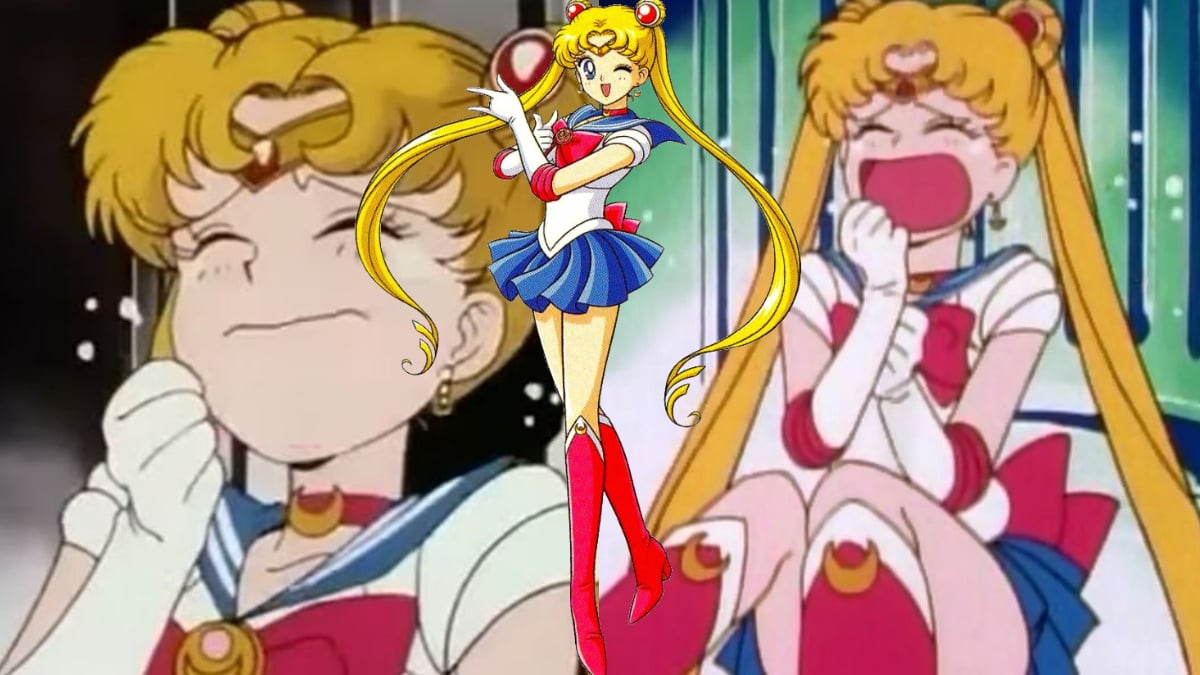
Takeuchi’s attention to detail and meticulous craftsmanship bring the world of “Sailor Moon” to life, immersing readers in a rich and enchanting universe filled with wonder and adventure.
The narrative style of “Sailor Moon” is fast-paced and action-packed, with a focus on suspenseful plot twists, dramatic confrontations, and heartfelt moments of emotion.
The series’ episodic structure allows for the exploration of various themes and character dynamics, while overarching plotlines provide cohesion and continuity to the narrative. Takeuchi’s skillful storytelling and imaginative world-building entertain readers from start to finish, creating a timeless and unforgettable reading experience.
“Sailor Moon” has had a profound impact on popular culture since its debut, inspiring a devoted fanbase and influencing subsequent generations of manga and anime creators. The series has been adapted into multiple anime series, feature films, musicals, and merchandise, reaching a global audience and earning acclaim for its engaging storytelling and positive representation of female empowerment.
The franchise’s legacy extends beyond its entertainment value, serving as a cultural touchstone for discussions of feminism, LGBTQ+ representation, and diversity in media. Fans of all ages continue to celebrate “Sailor Moon” for its timeless themes, memorable characters, and enduring message of love and courage, cementing its status as a beloved classic in the magical girl genre.
“Sailor Moon” is a timeless classic of magical girl manga that has grabbed audiences worldwide with its engaging storytelling, memorable characters, and empowering themes. Through its heartfelt exploration of friendship, love, and identity, the series has inspired generations of fans to embrace their inner strength and stand up for what they believe in.
Whether you’re a longtime fan or new to the world of magical girls, “Sailor Moon” offers an enchanting and unforgettable journey that continues to shine brightly in the hearts of fans everywhere.
3. Yona of the Dawn
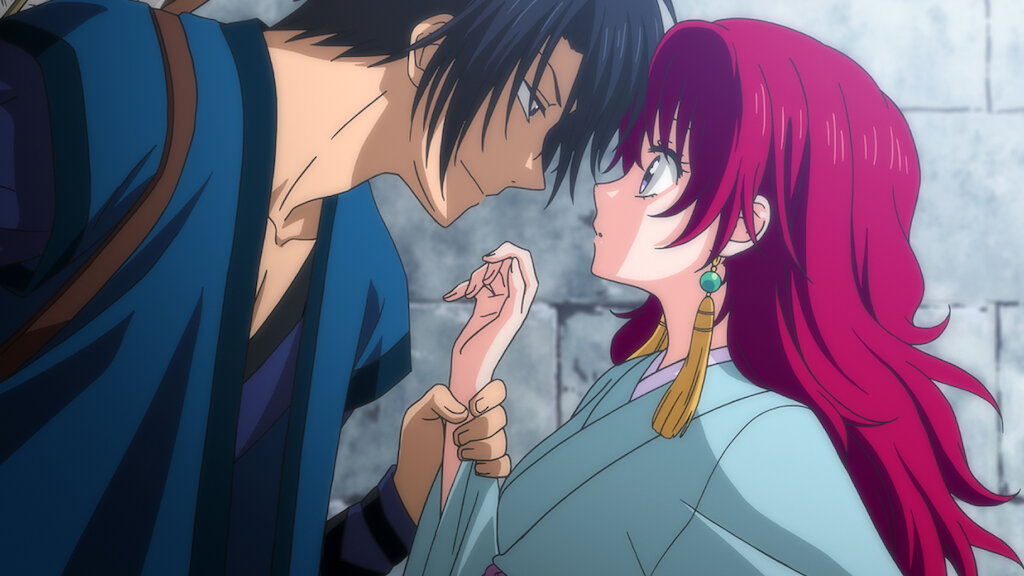
Since its inception in 2009, Mizuho Kusanagi’s Yona of the Dawn has solidified its position as one of the premier shojo manga series available. While Pierrot’s anime adaptation may not receive the same level of acclaim, this discrepancy largely stems from the fact that the anime covers only a fraction of the source material. Judged solely on the quality of the adapted content, Yona of the Dawn proves to be quite impressive.
Set in a nation besieged by more formidable neighbors, the story revolves around Yona, the sheltered princess of the kingdom’s ruler. A sudden coup shatters her world, forcing her to flee with only Hak, her loyal bodyguard, by her side. Determined to reclaim her rightful throne and unite the fractured kingdom,
Yona looks on a quest to locate four legendary warriors. Along the way, she undergoes a profound transformation, evolving from a pampered royal into a formidable warrior, showcasing her rapid maturity and resilience.
“Yona of the Dawn,” also known as “Akatsuki no Yona,” is a Japanese manga series written and illustrated by Mizuho Kusanagi. Serialized in Hakusensha’s “Hana to Yume” magazine since 2009, the series has garnered acclaim for its compelling storyline, rich character development, and breathtaking artwork.
Set in a fictional kingdom reminiscent of ancient Korea, “Yona of the Dawn” follows the journey of Princess Yona as she goes on a quest for vengeance and redemption after witnessing the murder of her father, King Il, at the hands of her childhood friend and crush, Su-Won.
The series begins with Yona, the sheltered and naive princess of the Kingdom of Kouka, living a peaceful life within the walls of Hiryuu Castle. However, her world is shattered when she witnesses the murder of her father, King Il, by the hands of her beloved cousin, Su-Won. Forced to flee for her life, Yona goes on a journey of self-discovery and redemption, accompanied by her faithful bodyguard and childhood friend, Hak.
Yona: Yona serves as the series’ protagonist, undergoing significant growth and transformation as she confronts the harsh realities of the world outside the palace walls. Initially portrayed as a sheltered and naive princess, Yona evolves into a resilient and determined leader, driven by her desire for justice and her commitment to protecting her people. Through her journey, Yona learns the value of courage, compassion, and sacrifice, ultimately embracing her destiny as the true heir to the throne of Kouka.
Hak: Hak is Yona’s loyal bodyguard and childhood friend, known for his strength, loyalty, and unwavering devotion to Yona. Despite his gruff exterior, Hak harbors deep feelings for Yona and is willing to risk everything to keep her safe. Throughout the series, Hak struggles with his own demons and insecurities, confronting his past traumas and coming to terms with his feelings for Yona.
Supporting Characters: “Yona of the Dawn” features a diverse cast of supporting characters, each with their own unique personalities and motivations. Notable characters include:
Su-Won: Yona’s cousin and the main antagonist of the series, Su-Won is depicted as a complex and enigmatic figure driven by his own ambitions and desires. Despite his betrayal of Yona and King Il, Su-Won’s true motives remain shrouded in mystery, adding depth and intrigue to his character.
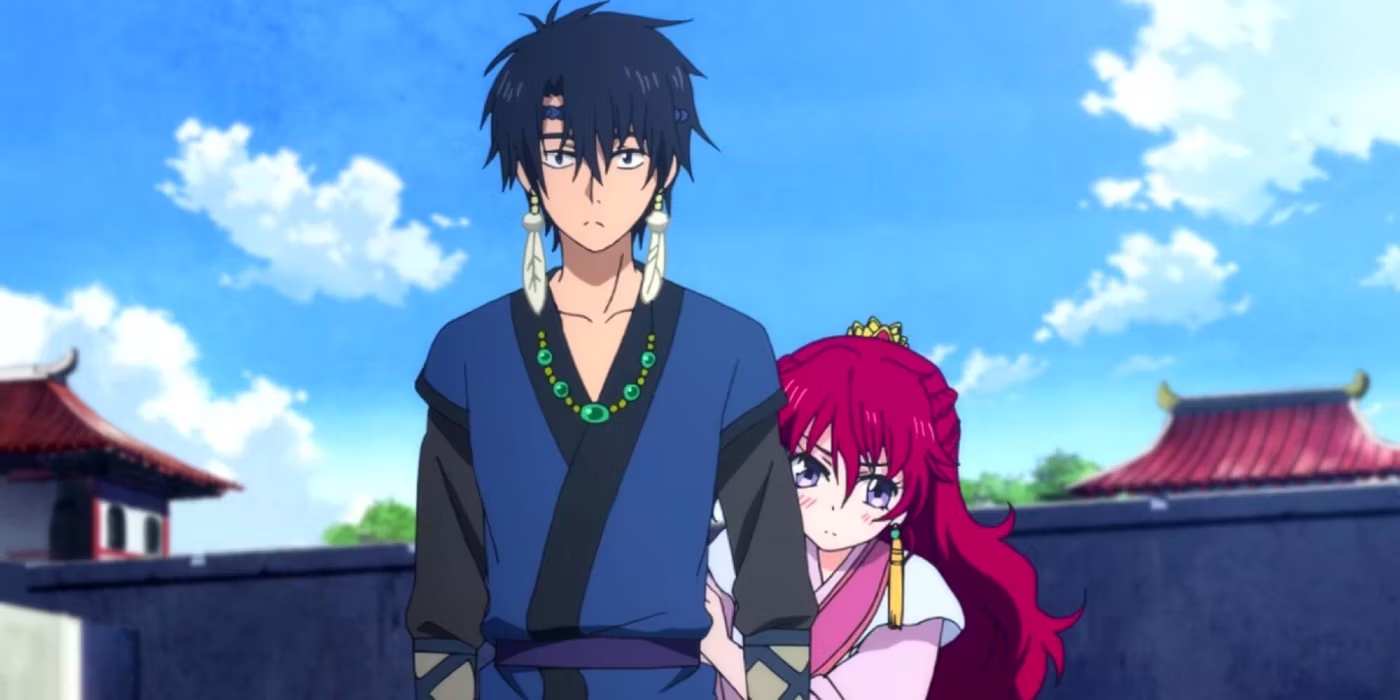
Ik-Soo: A gentle and wise priest who aids Yona on her journey, Ik-Soo serves as a mentor and guide to the young princess, offering sage advice and spiritual guidance.
The Four Dragons: A group of legendary warriors chosen by fate to serve as Yona’s protectors, the Four Dragons possess unique abilities and powers associated with the elements of earth, wind, fire, and water. As Yona’s companions and allies, they play a crucial role in her quest for redemption and justice.
At its core, “Yona of the Dawn” explores themes of redemption, justice, and the quest for meaning and purpose. Through Yona’s journey of self-discovery and growth, the series examines the consequences of betrayal, the complexities of forgiveness, and the transformative power of compassion and empathy.
Central to the series is Yona’s quest for redemption, as she seeks to atone for her perceived failures and reclaim her rightful place as the ruler of Kouka. Through her encounters with allies and adversaries alike, Yona learns to confront her past mistakes, overcome her fears, and embrace her destiny with courage and conviction.
The series also goes into questions of justice and morality, as Yona and her companions confront the injustices and inequalities that plague the kingdom of Kouka. From corrupt officials and power-hungry warlords to oppressed villagers and marginalized communities, “Yona of the Dawn” sheds light on the social and political issues that fuel conflict and strife in the fictional world of the series.
Mizuho Kusanagi’s artwork in “Yona of the Dawn” is characterized by its lush scenarios, detailed character designs, and expressive emotive storytelling. The series’ vibrant and dynamic artwork brings the world of Kouka to life, immersing readers in a rich and immersive fantasy universe filled with adventure and intrigue. Kusanagi’s skillful use of pacing, composition, and panel layout creates a sense of tension and suspense, driving the narrative forward and keeping readers engaged from start to finish.
The narrative style of “Yona of the Dawn” is epic in scope, with a focus on sweeping adventure, political intrigue, and emotional depth. The series’ intricate plotlines and character arcs unfold gradually, allowing for the exploration of complex themes and moral dilemmas. Kusanagi’s nuanced characterization and attention to detail add depth and complexity to the characters’ relationships and motivations, creating a rich and immersive storytelling experience that resonates with readers of all ages.
“Yona of the Dawn” has garnered widespread acclaim from critics and audiences alike, praised for its compelling storyline, well-developed characters, and breathtaking artwork. The series has inspired a dedicated fanbase and has been adapted into multiple media formats, including an anime series, light novels, and video games. Fans appreciate “Yona of the Dawn” for its strong female protagonist, engaging plot twists, and thought-provoking themes, cementing its status as a beloved classic in the fantasy genre.
The series’ legacy extends beyond its entertainment value, serving as a source of inspiration and empowerment for readers of all ages. Through its timeless themes of redemption, justice, and self-discovery, “Yona of the Dawn” encourages readers to confront their own fears and uncertainties, embrace their inner strength, and strive to create a better world for themselves and others.
“Yona of the Dawn” is a nice and emotionally resonant manga that combines elements of fantasy, adventure, and romance to create a compelling and immersive storytelling experience. Through its complex characters, rich world-building, and thought-provoking themes, the series offers readers a journey of self-discovery and redemption that resonates long after the final page is turned.
Whether you’re a fan of epic fantasy or character-driven drama, “Yona of the Dawn” offers something for everyone, making it a must-read for manga enthusiasts of all ages.
2. Maid Sama
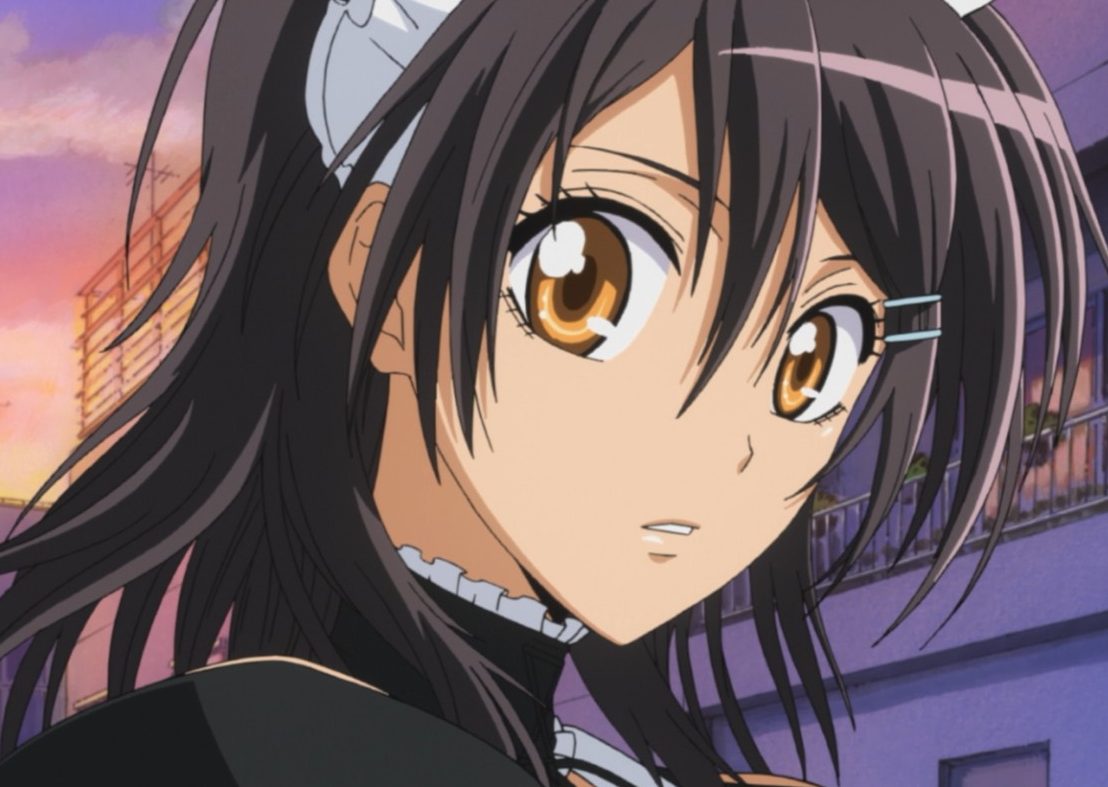
Despite showing its age in some aspects, Maid Sama! remains a prominent figure in the shojo genre, with its enduring strengths overshadowing any weaknesses. Misaki, as the disciplined student council president, runs her school with an iron fist, particularly when it comes to interactions with boys. However, Takumi Usui, unlike most, actively seeks her company, frequenting the maid café where Misaki works.
The series excels in its humor, with Misaki and Takumi’s dynamic personalities complementing each other seamlessly. Misaki often appears as an unstoppable force, constantly pushing her limits to support her family, while Takumi effortlessly exudes a cool demeanor. Their interactions are a highlight of Maid Sama!, contributing to its lasting appeal in the shojo scene.
“Maid Sama!” is a Japanese manga series written and illustrated by Hiro Fujiwara. Serialized in Hakusensha’s “LaLa” magazine from 2005 to 2013, the series has grabbed readers with its delightful mix of romance, comedy, and female empowerment.
Set in the fictional Seika High School, “Maid Sama!” follows the story of Misaki Ayuzawa, the strong-willed and determined student council president, as she navigates the challenges of balancing her duties at school with her part-time job as a maid at a maid cafe.
The series begins with Misaki Ayuzawa, the tough and no-nonsense president of Seika High School, a former all-boys school that has recently become co-ed. Determined to reform the school and improve its reputation, Misaki rules with an iron fist, earning the respect of her classmates and the admiration of her peers. However, Misaki harbors a secret: she works part-time as a maid at a maid cafe to support her family financially.
Misaki’s carefully guarded secret is threatened when Takumi Usui, the handsome and enigmatic heartthrob of Seika High, discovers her moonlighting job. Despite initially blackmailing her to keep her secret, Usui becomes intrigued by Misaki’s strong sense of duty and her unwavering determination to succeed.
As their relationship evolves from adversaries to reluctant allies to something more, Misaki and Usui must confront their own fears and insecurities while navigating the complexities of high school life and first love.
Misaki Ayuzawa: Misaki serves as the series’ protagonist, embodying strength, determination, and a fierce sense of justice. Despite her tough exterior, Misaki harbors insecurities and fears stemming from her family’s financial struggles and her desire to prove herself in a male-dominated world. Through her journey,
Misaki learns to embrace her vulnerabilities and accept help from others, ultimately finding the courage to pursue her dreams and follow her heart.
Takumi Usui: Usui is the charming and mysterious heartthrob of Seika High, known for his aloof demeanor and devil-may-care attitude. Beneath his cool facade, Usui harbors a deep admiration and affection for Misaki, whom he sees as a kindred spirit. As their relationship evolves, Usui learns to open up and confront his own vulnerabilities, ultimately becoming a source of strength and support for Misaki in her times of need.
Supporting Characters: “Maid Sama!” features a colorful cast of supporting characters, each with their own unique personalities and story arcs. Notable characters include:
Aoi Hyoudou: The flamboyant and mischievous president of the student council at the nearby Miyabigaoka High School, Aoi develops a playful rivalry with Misaki and Usui, adding comedic tension to their interactions.
Sakura Hanazono: Misaki’s loyal and supportive best friend, Sakura provides emotional support and encouragement to Misaki as she navigates the challenges of high school life and romance.
The Maid Latte Staff: The staff of the Maid Latte maid cafe, where Misaki works part-time, add humor and charm to the series with their quirky personalities and hilarious antics.
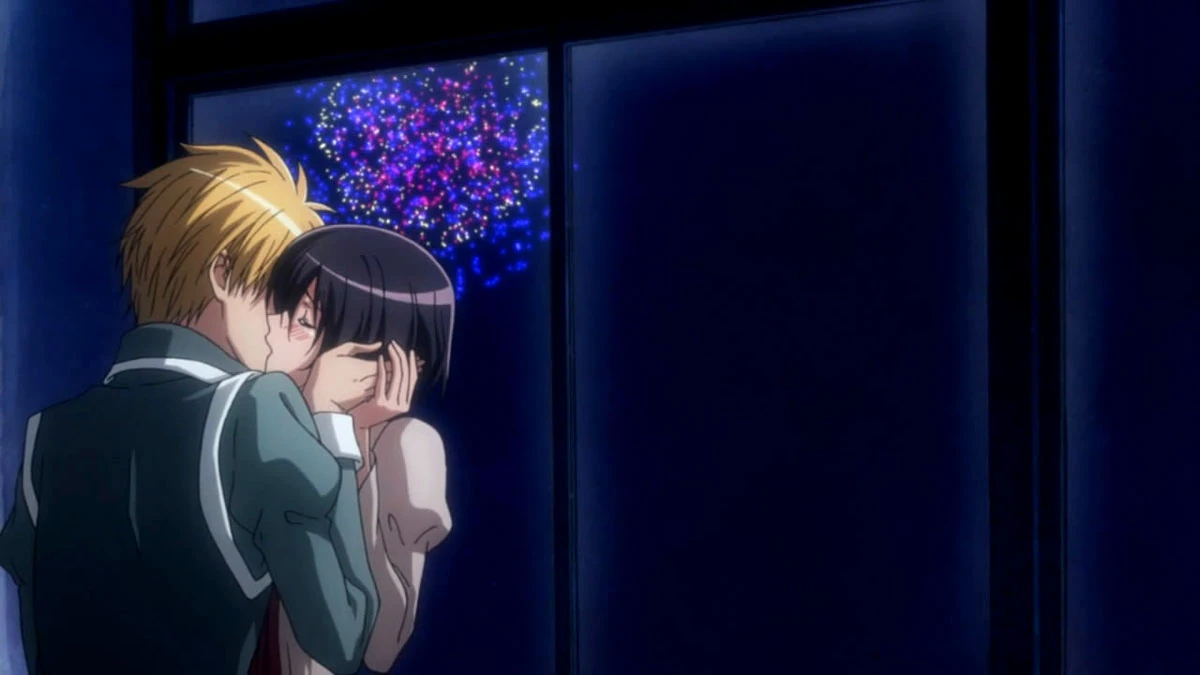
At its core, “Maid Sama!” explores themes of empowerment, self-discovery, and the pursuit of one’s dreams. Through Misaki’s journey of self-discovery and growth, the series celebrates the importance of perseverance, courage, and authenticity in overcoming adversity and achieving success.
Misaki’s role as the strong-willed and determined student council president serves as a powerful symbol of female empowerment, challenging traditional gender roles and stereotypes. Despite facing discrimination and prejudice as a woman in a position of authority, Misaki refuses to back down, using her intelligence, determination, and compassion to effect positive change in her school and community.
The series also explores the theme of self-discovery, as Misaki and Usui confront their own fears, insecurities, and desires while navigating the complexities of high school life and romance. Through their relationship, Misaki and Usui learn to confront their vulnerabilities and embrace their true selves, ultimately finding acceptance and fulfillment in each other’s love and support.
Hiro Fujiwara’s artwork in “Maid Sama!” is characterized by its clean lines, expressive character designs, and dynamic panel layouts. The series’ charming and whimsical artwork captures the humor and romance of high school life, while also conveying the emotional depth and complexity of the characters’ relationships.
Fujiwara’s skillful use of facial expressions and body language adds depth and nuance to the characters’ interactions, allowing readers to empathize with their struggles and triumphs.
The narrative style of “Maid Sama!” is fast-paced and lighthearted, with a focus on witty banter, comedic misunderstandings, and heartwarming moments of romance.
The series’ episodic structure allows for exploration of various themes and character dynamics, while overarching plotlines provide cohesion and continuity to the narrative. Fujiwara’s clever dialogue and clever plot twists keep readers engaged and entertained, creating a delightful and enjoyable reading experience from start to finish.
“Maid Sama!” has garnered widespread acclaim from critics and audiences alike, praised for its engaging storyline, endearing characters, and heartfelt romance. The series has inspired a dedicated fanbase and has been adapted into multiple media formats, including an anime series, light novels, drama CDs, and video games.
Fans appreciate “Maid Sama!” for its charming humor, relatable characters, and positive message of empowerment and self-acceptance, making it a beloved classic in the romance genre.
The series’ enduring popularity and cultural impact continue to resonate with readers of all ages, inspiring discussions of gender equality, empowerment, and the importance of staying true to oneself. Through its timeless themes and heartwarming storytelling, “Maid Sama!” continues to entertain audiences around the world, leaving a lasting legacy as one of the most beloved and influential works in the genre of romantic comedy manga.
“Maid Sama!” is a charming and heartwarming manga that celebrates the power of empowerment, self-discovery, and romance. Through its relatable characters, witty humor, and engaging storyline, the series offers readers a delightful and entertaining journey into the world of high school romance and female empowerment.
Whether you’re a fan of romantic comedy or simply enjoy stories that celebrate the strength and resilience of the human spirit, “Maid Sama!” is sure to charm and delight with its endearing characters and uplifting message of love and self-acceptance.
1. Sugar Apple Fairy Tale
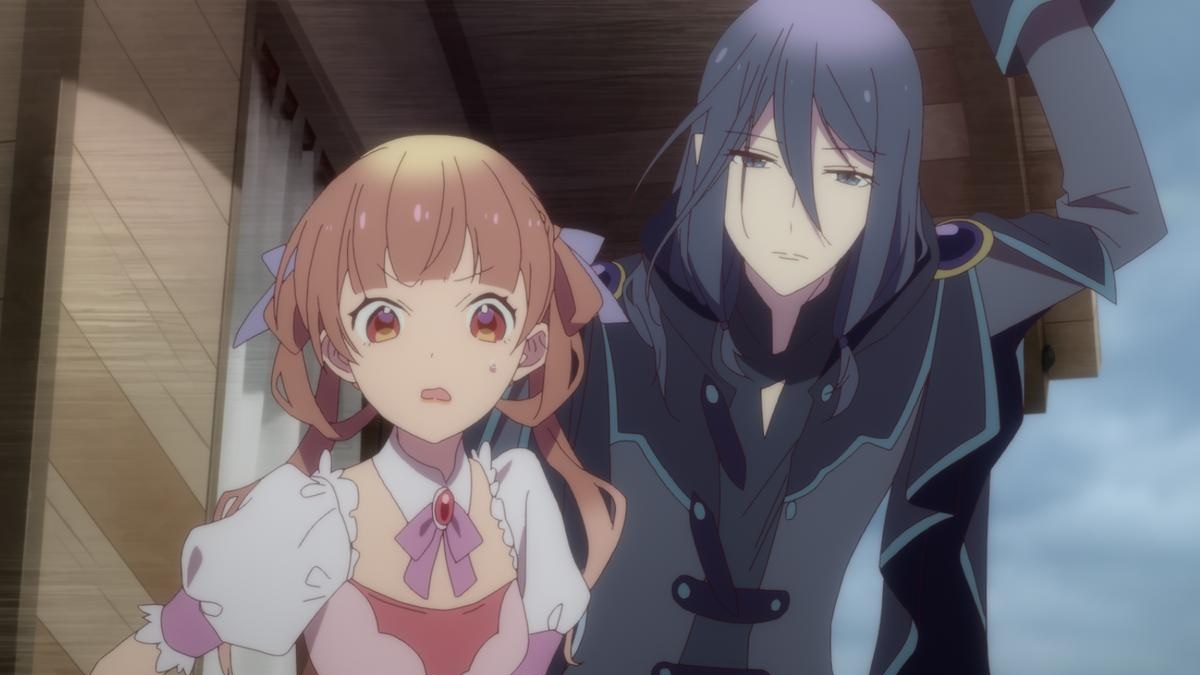
It’s unfortunate that seasonal shojo anime often struggle to compete with the popularity of shonen or seinen titles, a challenge that Sugar Apple Fairy Tale faced not once, but twice within a year. Despite airing alongside heavy hitters like Vinland Saga Season 2 and Jujutsu Kaisen Season 2, this series deserves more recognition.
Set in a fantasy world where humans coexist with fairies, the dynamic between the two species is fraught with tension. Ann, a determined young girl aspiring to become a Silver Sugar Master like her mother, defies societal norms by treating her fairy companion, Challe, as an equal rather than property. Season 2 further explores their evolving friendship while looking deeper into the thought-provoking social structures of this world.
Ann shines as a compelling lead, surrounded by a cast of memorable characters who enrich the story. Despite flying under the radar compared to its blockbuster counterparts, Sugar Apple Fairy Tale proves itself worthy of sharing the spotlight with the likes of Vinland Saga and Jujutsu Kaisen.
“Sugar Apple Fairy Tale,” also known as “Tenshi no Drop,” is a Japanese manga series written and illustrated by Kiki. Serialized in Comic Yuri Hime magazine from 2008 to 2009, the series offers a delightful blend of fantasy, romance, and comedy.
Set in a whimsical world where humans and fairies coexist, “Sugar Apple Fairy Tale” follows the unlikely romance between Mikoto, a human girl with a sweet tooth, and Amane, a stubborn and mischievous fairy.
The series begins with Mikoto, a cheerful and kind-hearted girl who loves nothing more than indulging in sweets. One day, while exploring the forest near her home, Mikoto encounters Amane, a brash and impulsive fairy who has a penchant for causing mischief. Despite their initial animosity, Mikoto and Amane soon find themselves drawn to each other, forming an unlikely friendship that blossoms into something more.
As Mikoto and Amane navigate the ups and downs of their budding romance, they encounter various obstacles and challenges that threaten to tear them apart. From jealous rivals and mischievous fairies to cultural differences and misunderstandings, the couple must learn to overcome their differences and embrace their love for each other, no matter what obstacles stand in their way.
Mikoto: Mikoto serves as the series’ protagonist, embodying kindness, empathy, and a love for all things sweet. Despite her initial reservations about Amane and his mischievous antics, Mikoto’s compassionate nature and open-mindedness allow her to see past his rough exterior and connect with him on a deeper level.
Through her journey with Amane, Mikoto learns the true meaning of love, friendship, and acceptance, ultimately finding happiness in the most unexpected of places.
Amane: Amane is a stubborn and headstrong fairy with a mischievous streak and a penchant for causing trouble. Despite his tough exterior, Amane harbors a deep-seated loneliness and insecurity, stemming from his outsider status among his fellow fairies. Through his interactions with Mikoto, Amane learns to open up and trust in the power of love to overcome his fears and insecurities, ultimately finding solace and acceptance in Mikoto’s unwavering affection.
Supporting Characters: “Sugar Apple Fairy Tale” features a charming cast of supporting characters, each adding depth and nuance to the series’ whimsical world. Notable characters include:
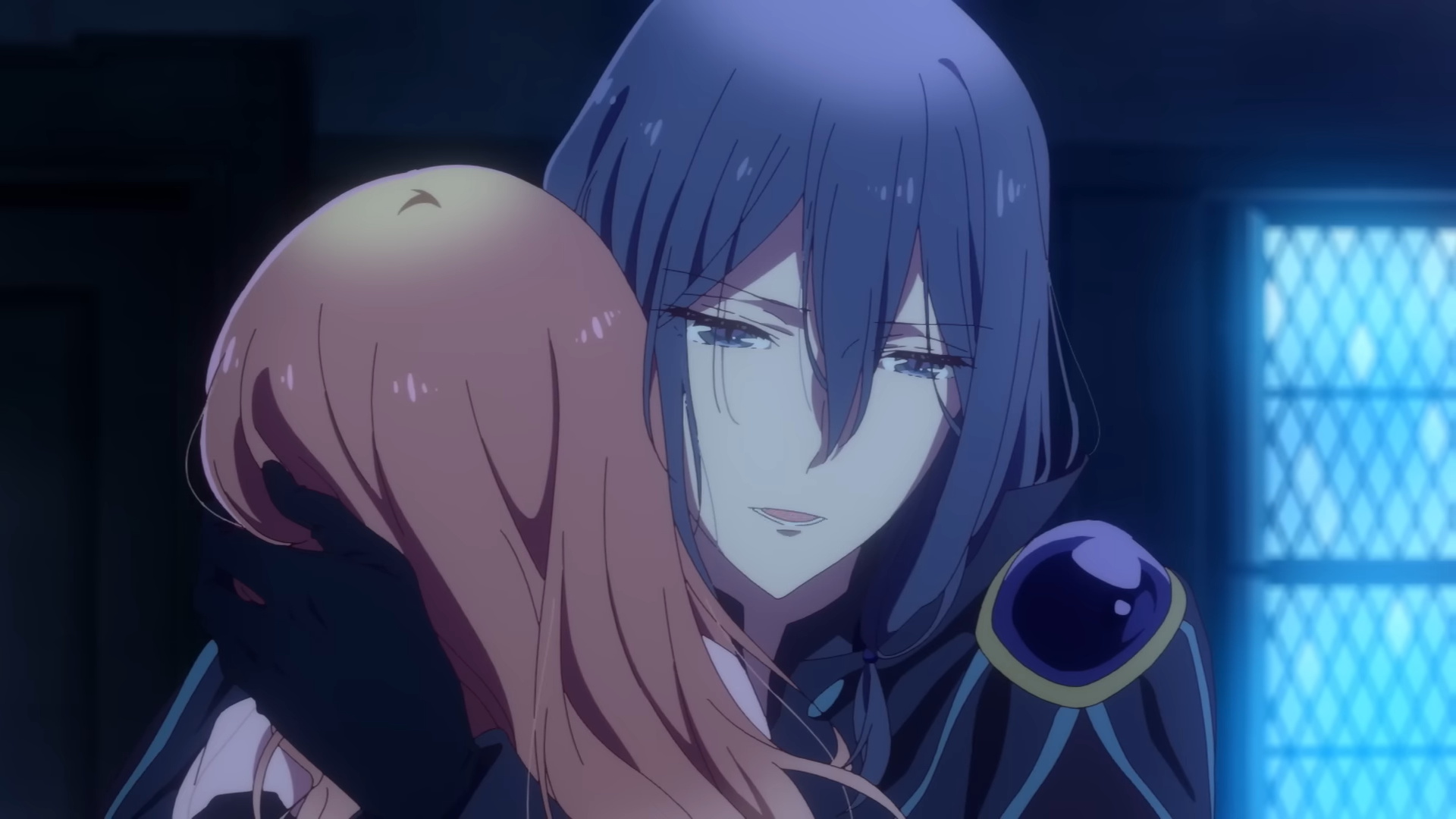
Kanade: Mikoto’s best friend and confidante, Kanade provides emotional support and guidance to Mikoto as she navigates the complexities of her relationship with Amane. Kanade’s unwavering loyalty and friendship serve as a source of strength for Mikoto during challenging times.
Hinata: Amane’s mischievous fairy friend, Hinata often serves as the comic relief of the series, with his playful antics and witty banter adding humor and charm to the story.
At its core, “Sugar Apple Fairy Tale” explores themes of love, acceptance, and the power of friendship to overcome adversity. Through the unlikely romance between Mikoto and Amane, the series celebrates the beauty of love in all its forms, from the sweet and innocent to the passionate and enduring.
Central to the series is the theme of love, as Mikoto and Amane navigate the complexities of their budding romance amidst the challenges and obstacles that stand in their way. From their initial animosity to their growing affection for each other, the series portrays love as a transformative force that transcends differences and unites hearts in unexpected ways.
The series also goes into questions of acceptance and belonging, as Mikoto and Amane confront their own insecurities and fears of rejection. Through their journey together, the couple learns to embrace their differences and celebrate their unique qualities, finding acceptance and belonging in each other’s arms.
Kiki’s artwork in “Sugar Apple Fairy Tale” is characterized by its whimsical and charming style, with vibrant colors, expressive character designs, and detailed backgrounds bringing the series’ fantastical world to life. The series’ playful and lighthearted artwork captures the enchanting atmosphere of the fairy world, while also conveying the emotional depth and complexity of the characters’ relationships.
The narrative style of “Sugar Apple Fairy Tale” is light-hearted and whimsical, with a focus on comedic misunderstandings, romantic tension, and heartwarming moments of affection.
The series’ episodic structure allows for exploration of various themes and character dynamics, while overarching plotlines provide cohesion and continuity to the narrative. Kiki’s clever dialogue and witty humor keep readers engaged and entertained, creating a delightful and enjoyable reading experience from start to finish.
“Sugar Apple Fairy Tale” has garnered praise from critics and audiences alike for its charming storyline, endearing characters, and heartwarming romance. The series has inspired a dedicated fanbase and has been praised for its positive representation of love and acceptance, making it a beloved classic in the genre of fantasy romance manga.
The series’ enduring popularity and cultural impact continue to resonate with readers of all ages, inspiring discussions of love, friendship, and the power of acceptance. Through its timeless themes and whimsical storytelling, “Sugar Apple Fairy Tale” offers readers a sweet and enchanting journey into the world of love and fantasy, leaving a lasting impression with its heartwarming message of love and acceptance.
“Sugar Apple Fairy Tale” is a charming and heartwarming manga that celebrates the transformative power of love, acceptance, and friendship.
Through its whimsical storyline, endearing characters, and enchanting artwork, the series offers readers a delightful and engaging reading experience that leaves a lasting impression with its sweet and uplifting message. Whether you’re a fan of romance, fantasy, or comedy, “Sugar Apple Fairy Tale” is sure to grab your heart with its irresistible charm and whimsical romance.
Memes of the Day
Kyonyuu Hitozuma Onna Kyoushi Saimin
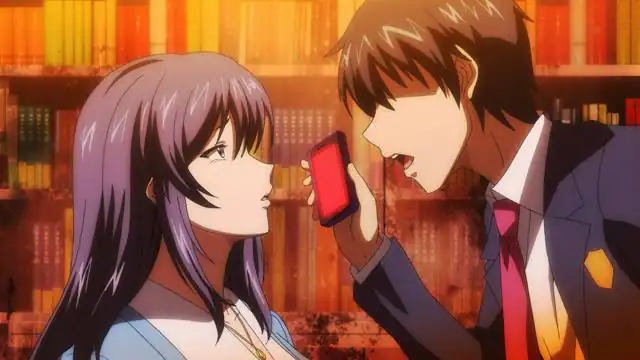
Arbeit Shiyou!
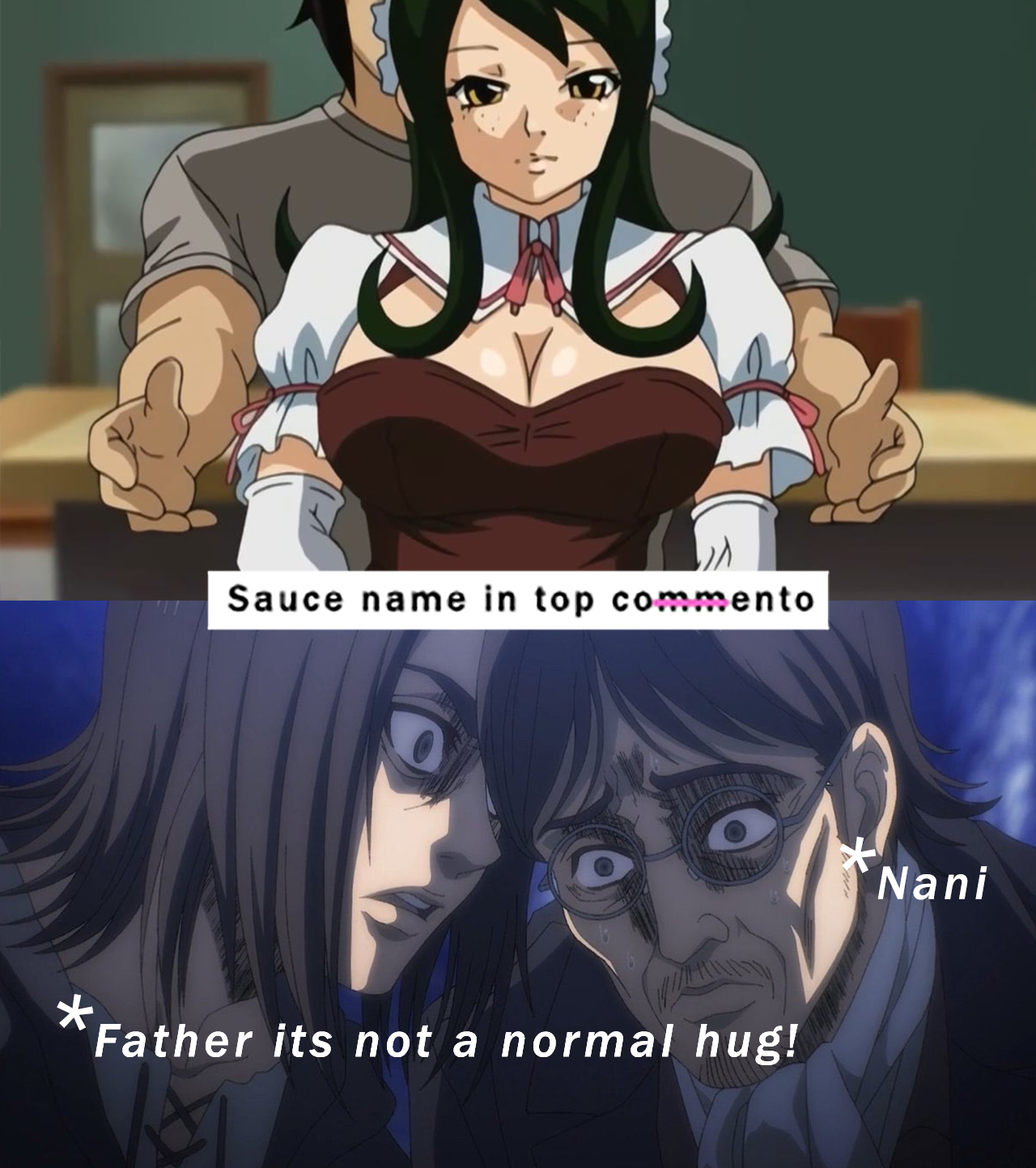
H- Katainaka Ni Totsui De Kita Russia Musume
A-Hokkaido Gals Are Super Adorable
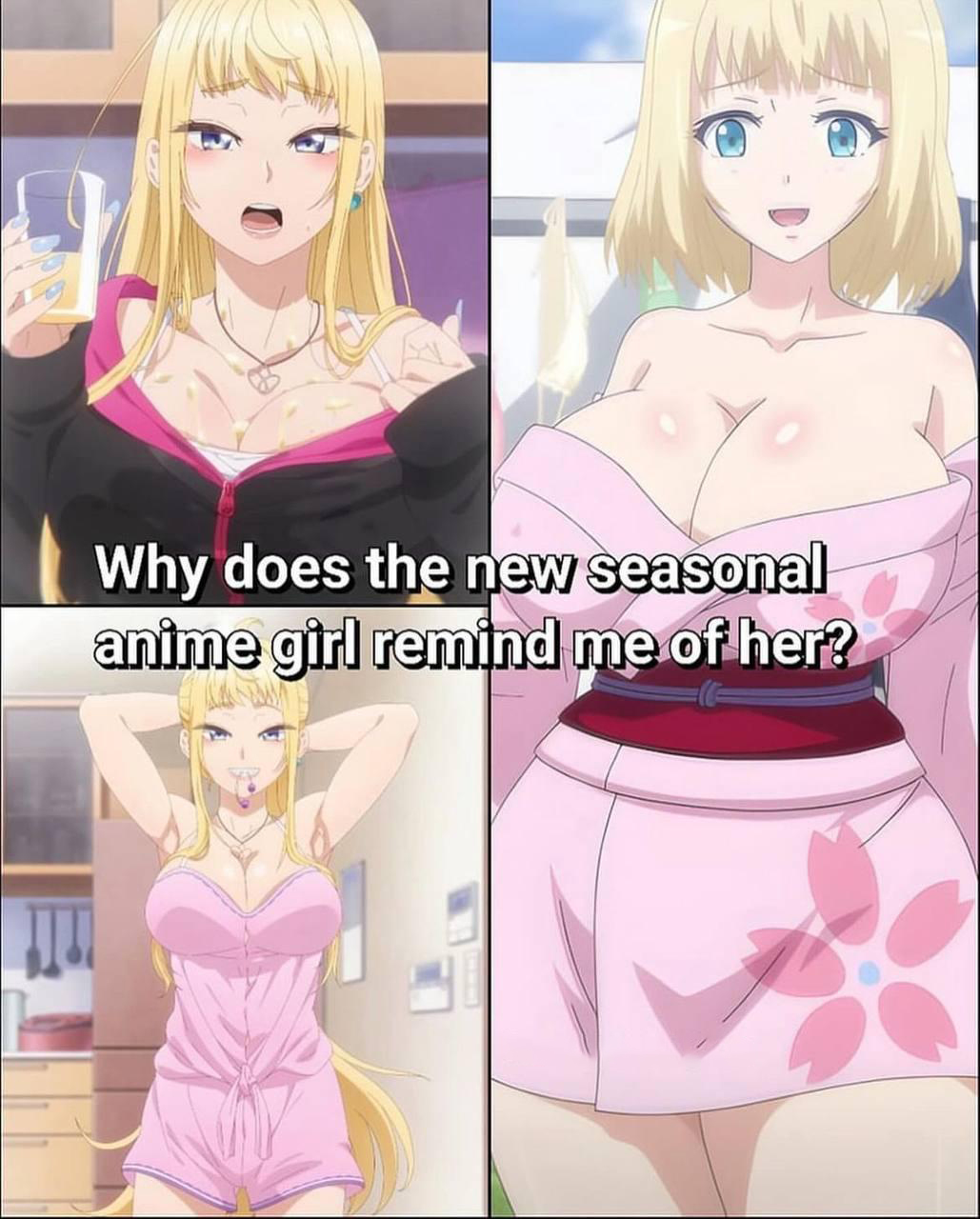
Nezumi no Hatsukoi

Joshikōsei to Seishokusha-san

Its a pixiv art to watch full search – Pixiv 117865088

Search – Pixiv 115077688

Delivery M**F Onsen episode 2
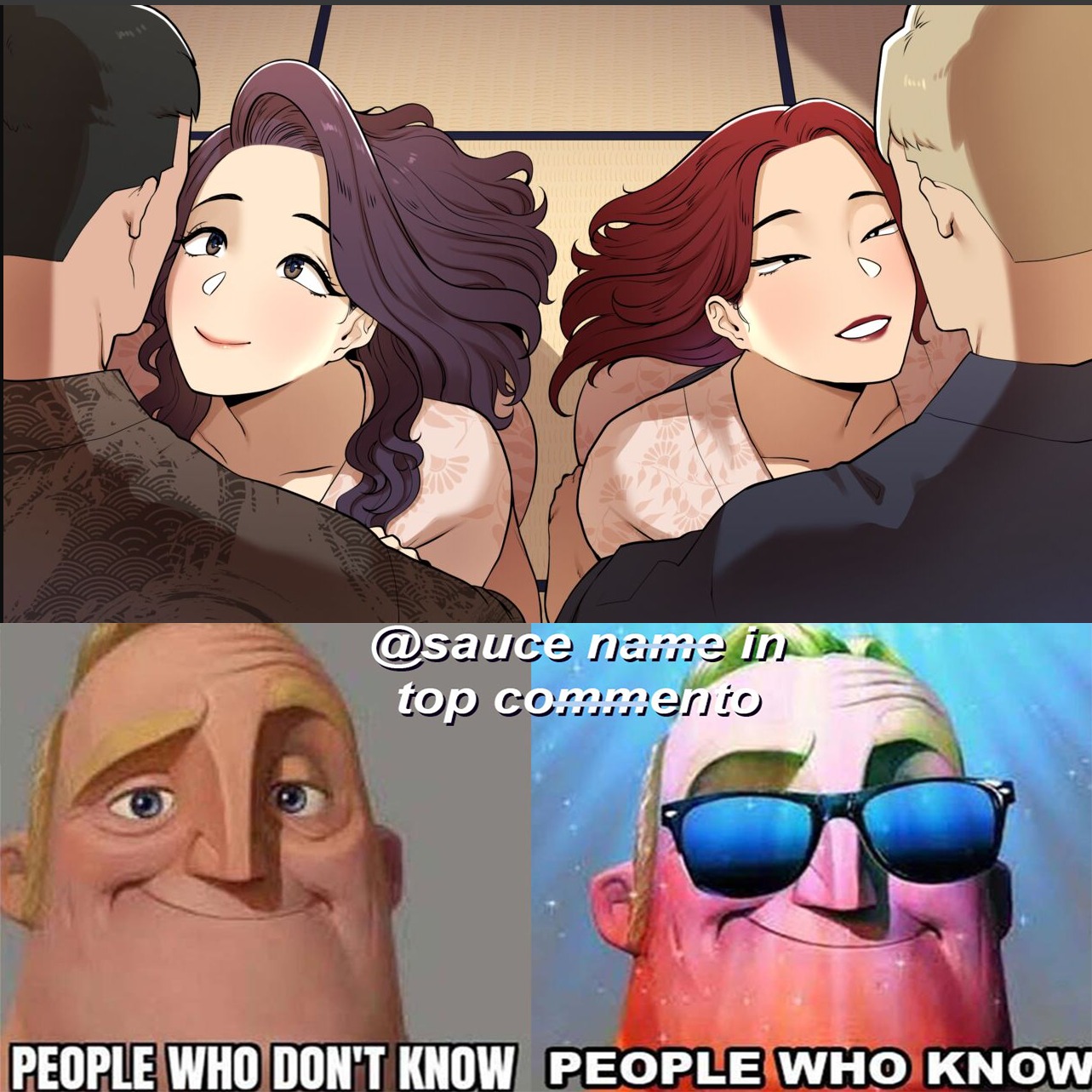
Code: 317115
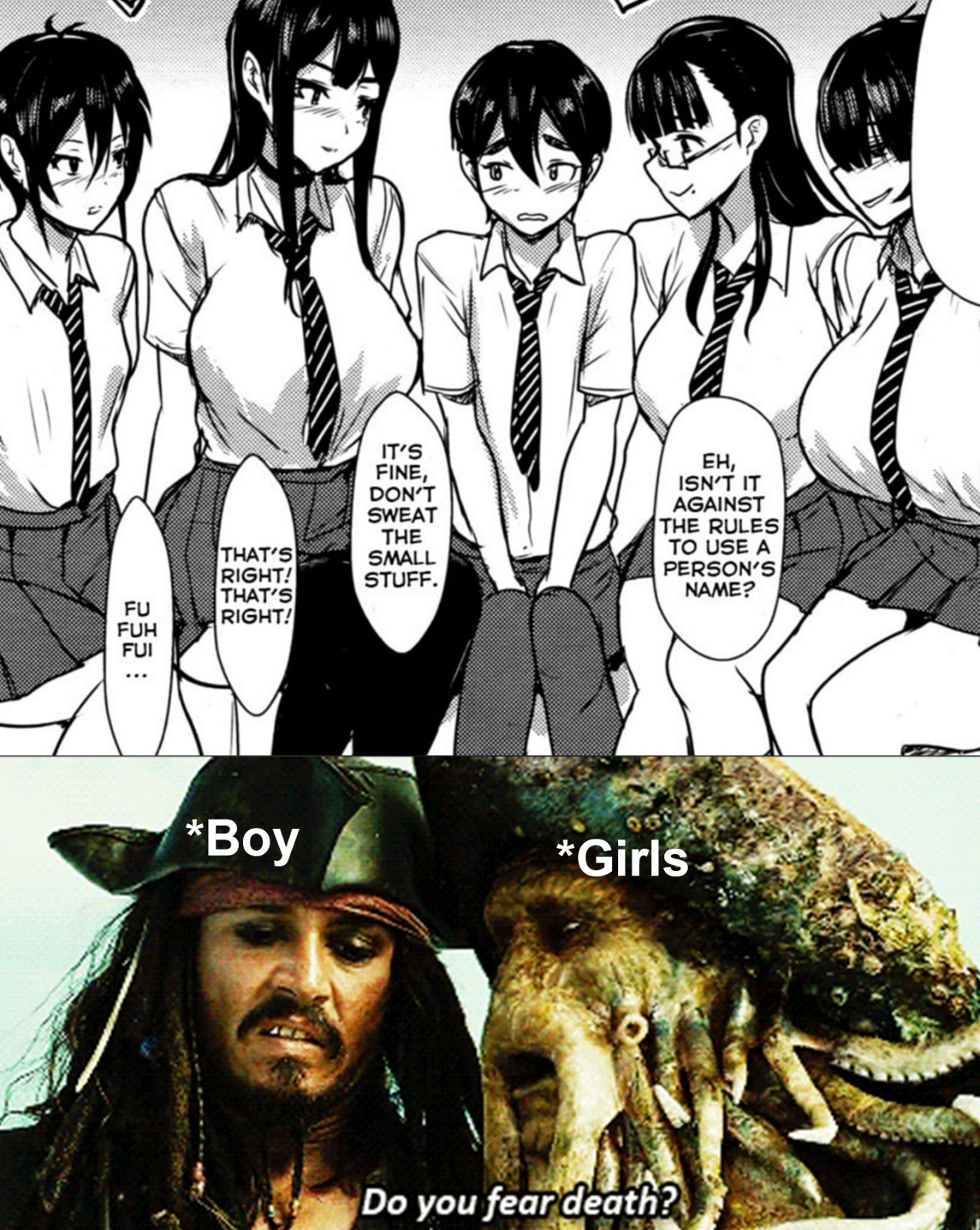
Sauce: 400079
Shoujiki na Karada | Honest Body [Sugi G]

Sauce: 453286
Onee-chan no… Server [Rainbow Zou]

Sauce: Torima Minshuku Yadori-teki na!
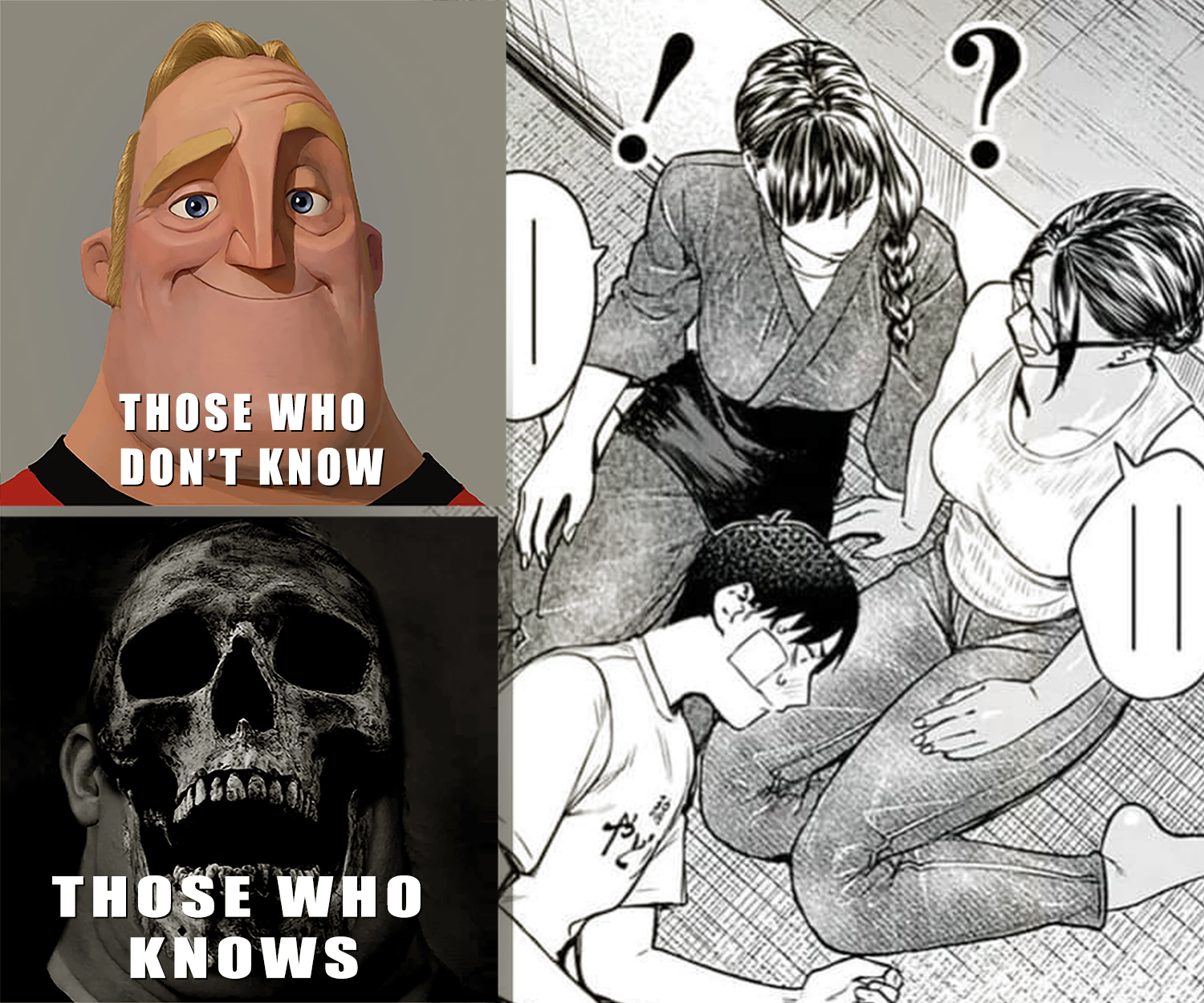
Boobie Trap

Pixiv 119492972
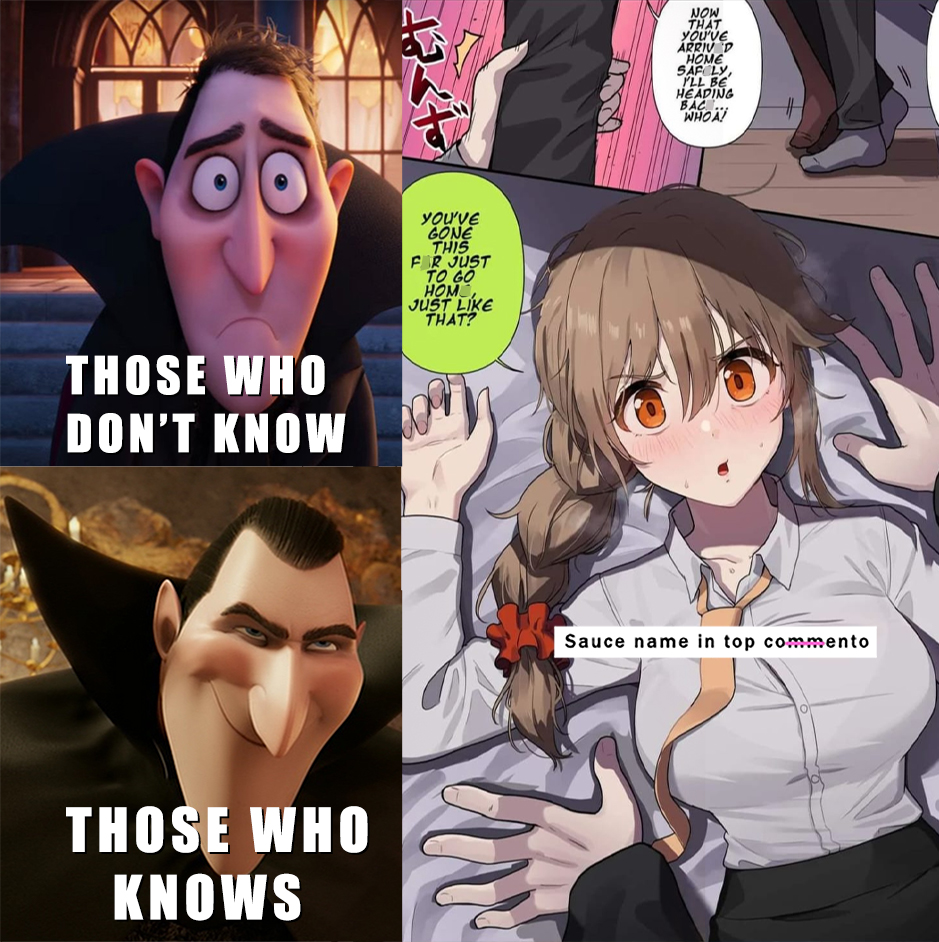
Sauce: Saimin Seishidou | Hanime
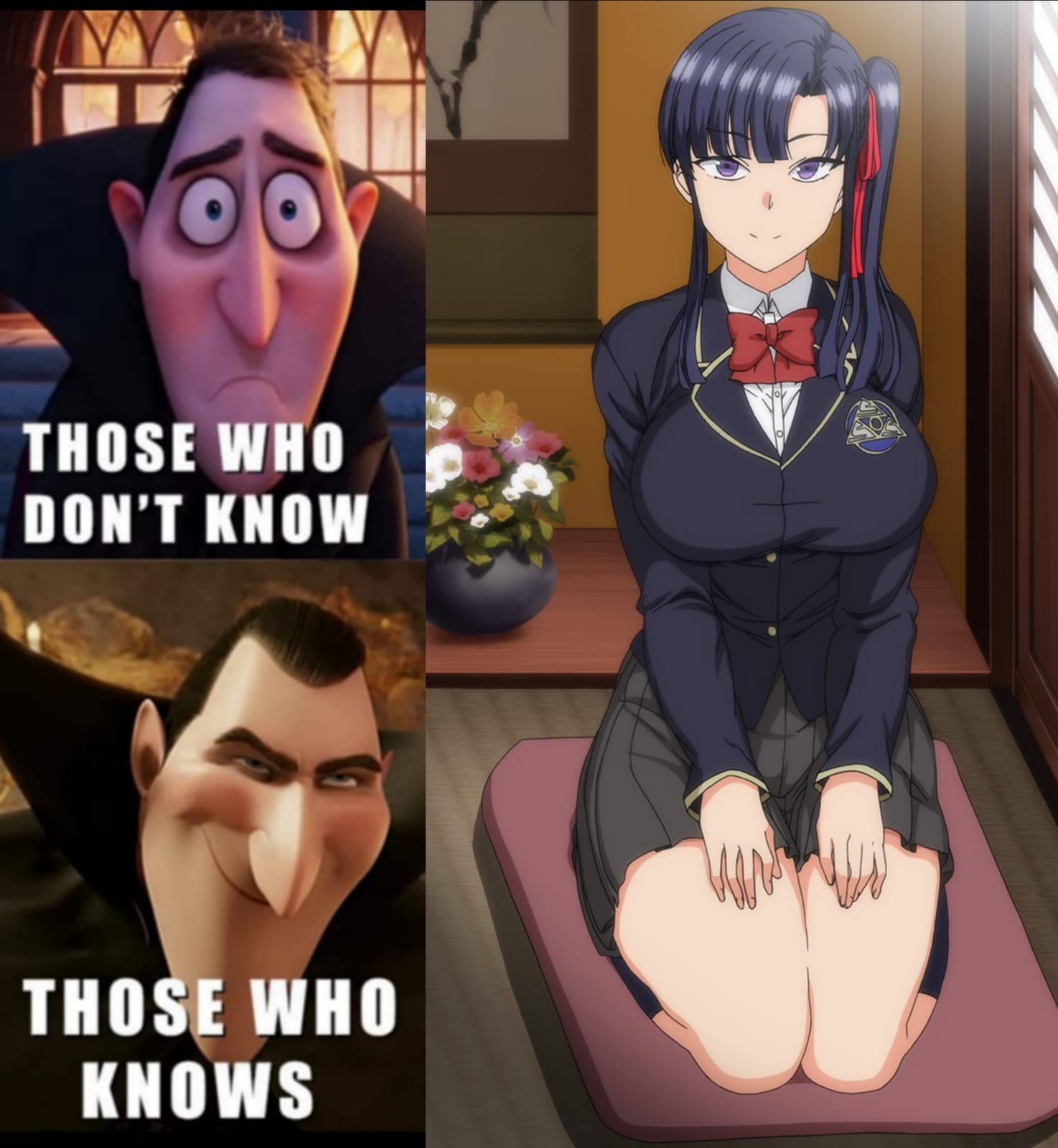
Mujaki na Kaibutsu | Innocent Monster

Chichi-Iro Toiki

Pixiv 91953804

[Cheese Company (Peso)] Shotagui Dosukebe Fox
